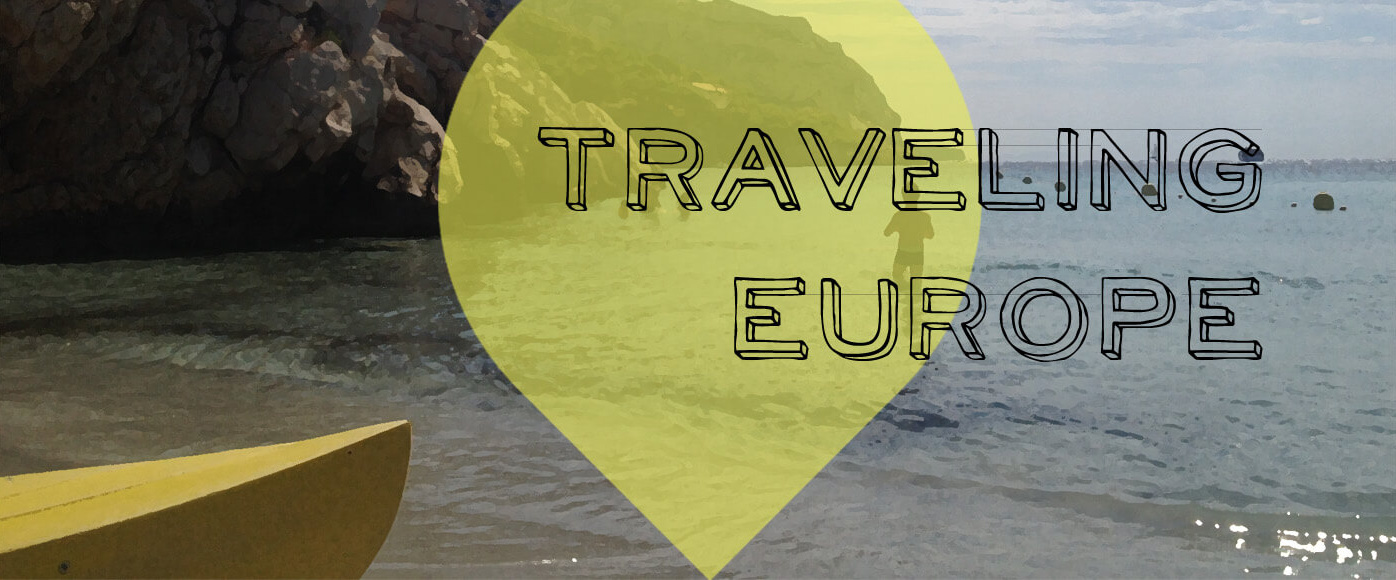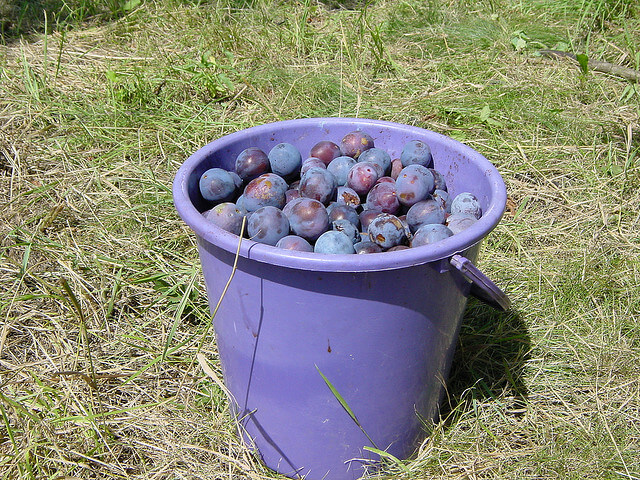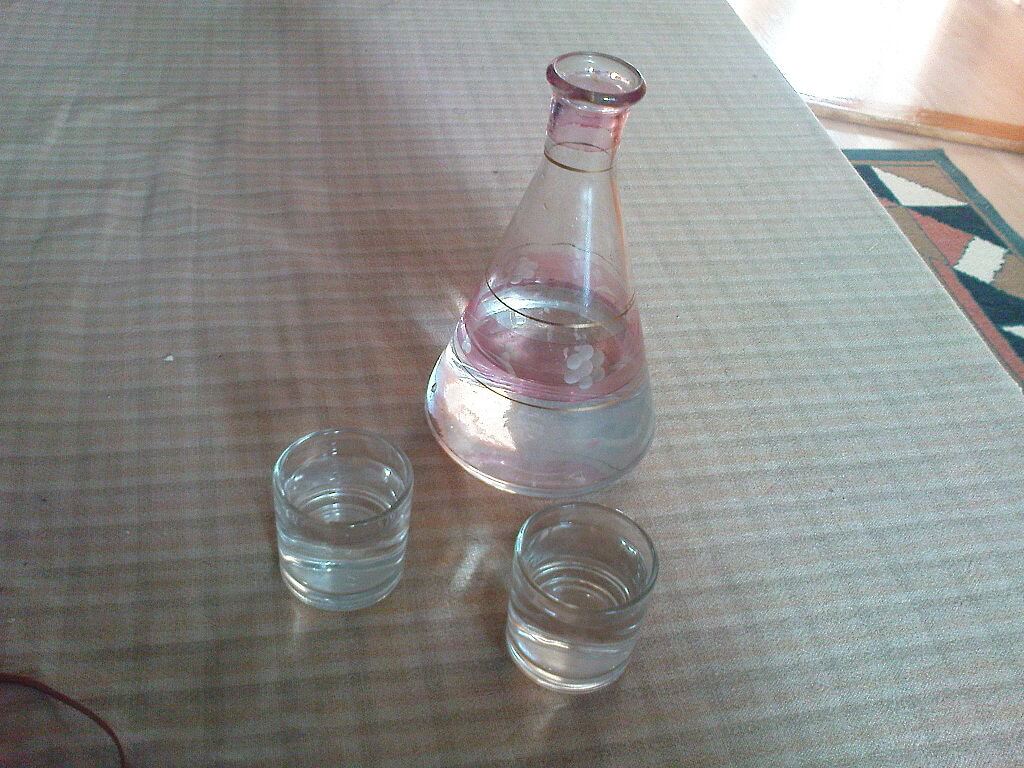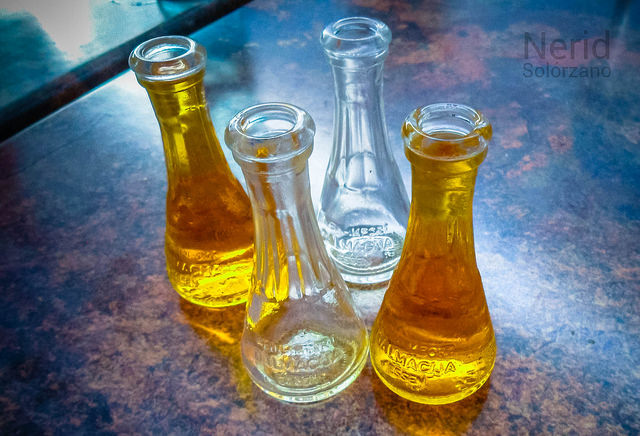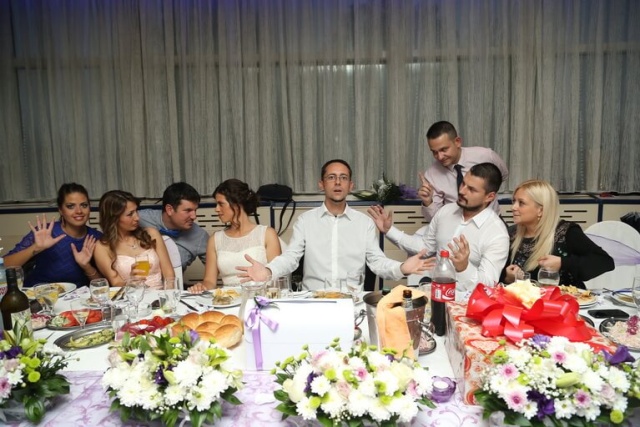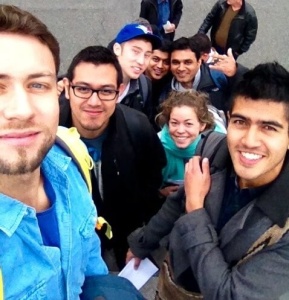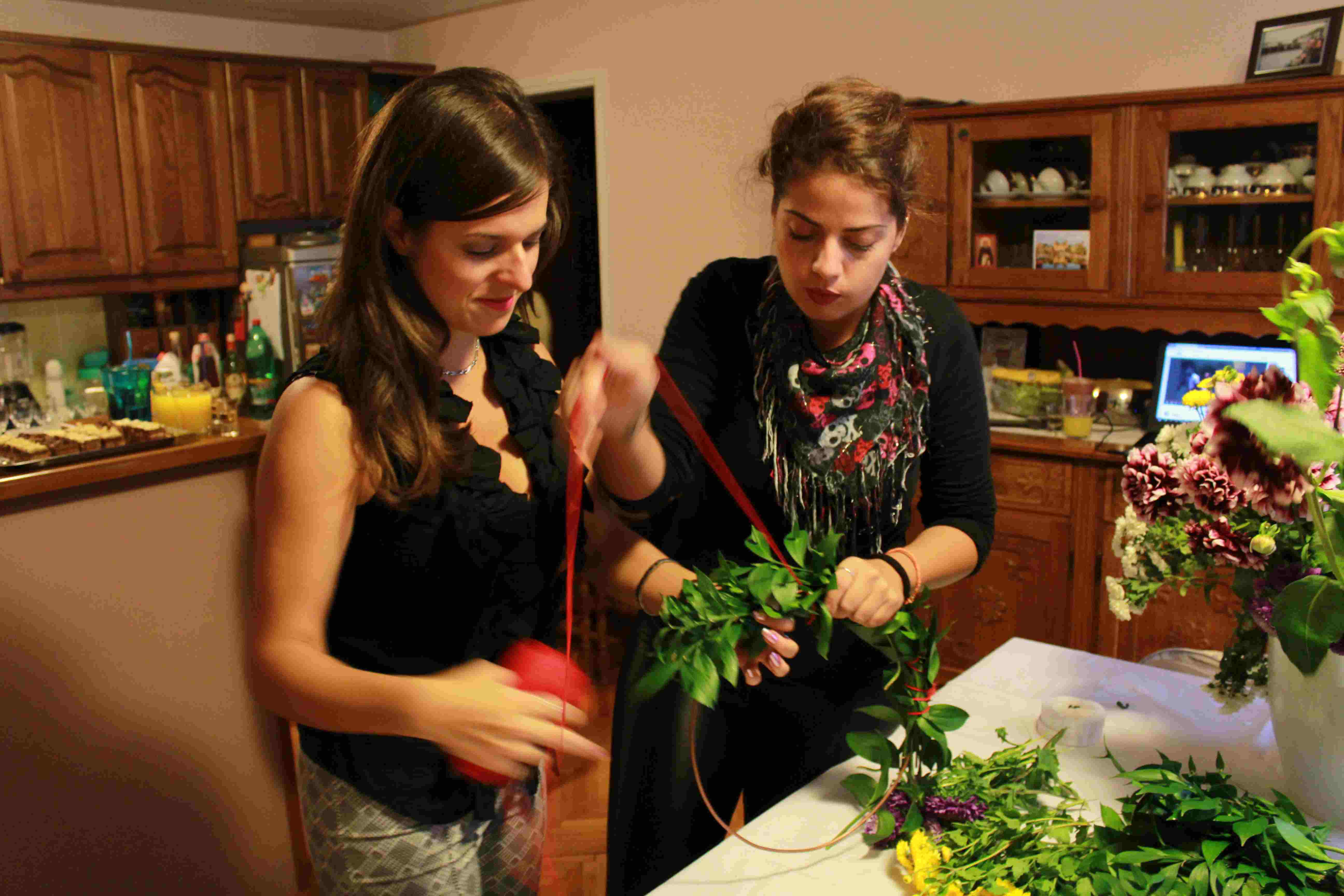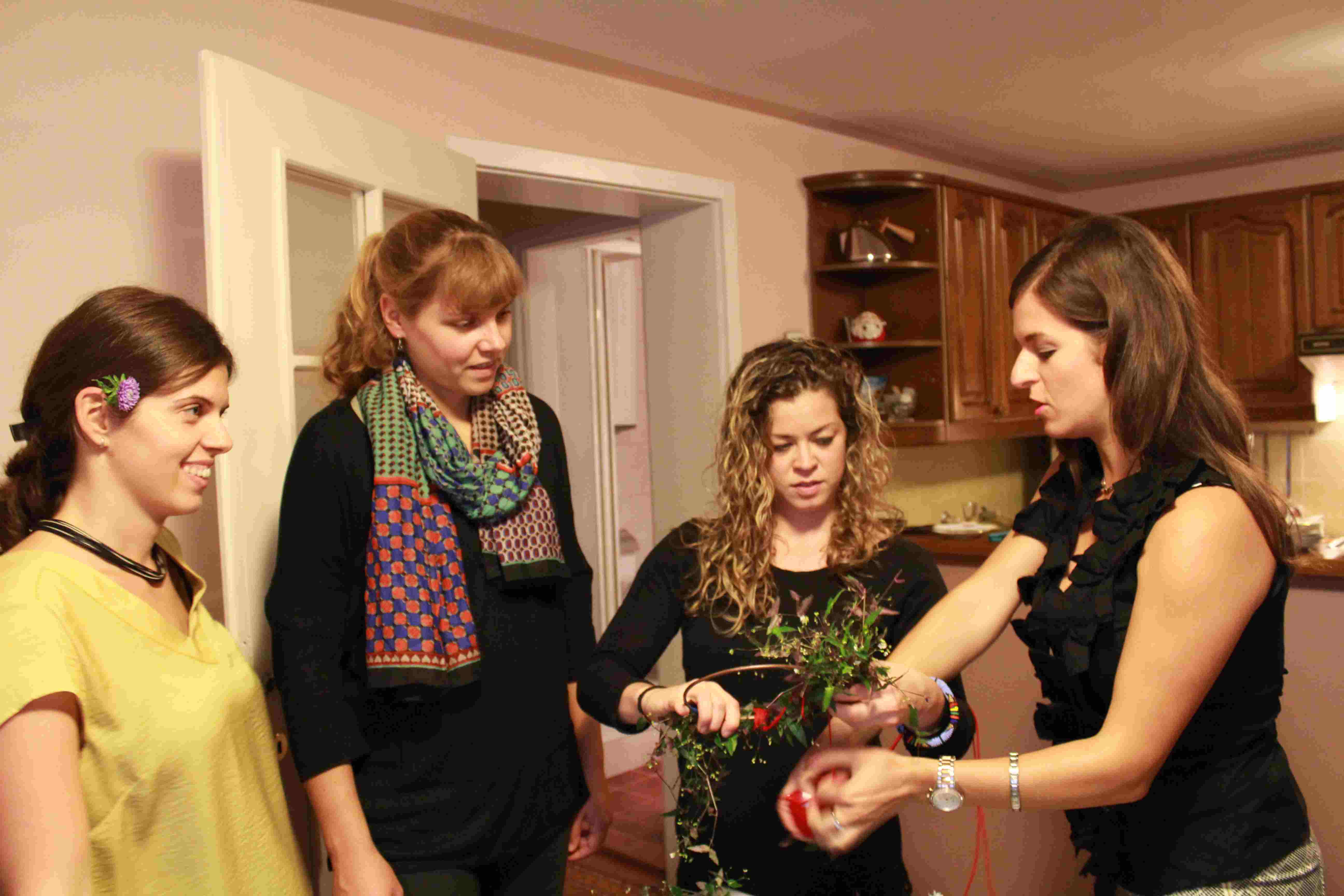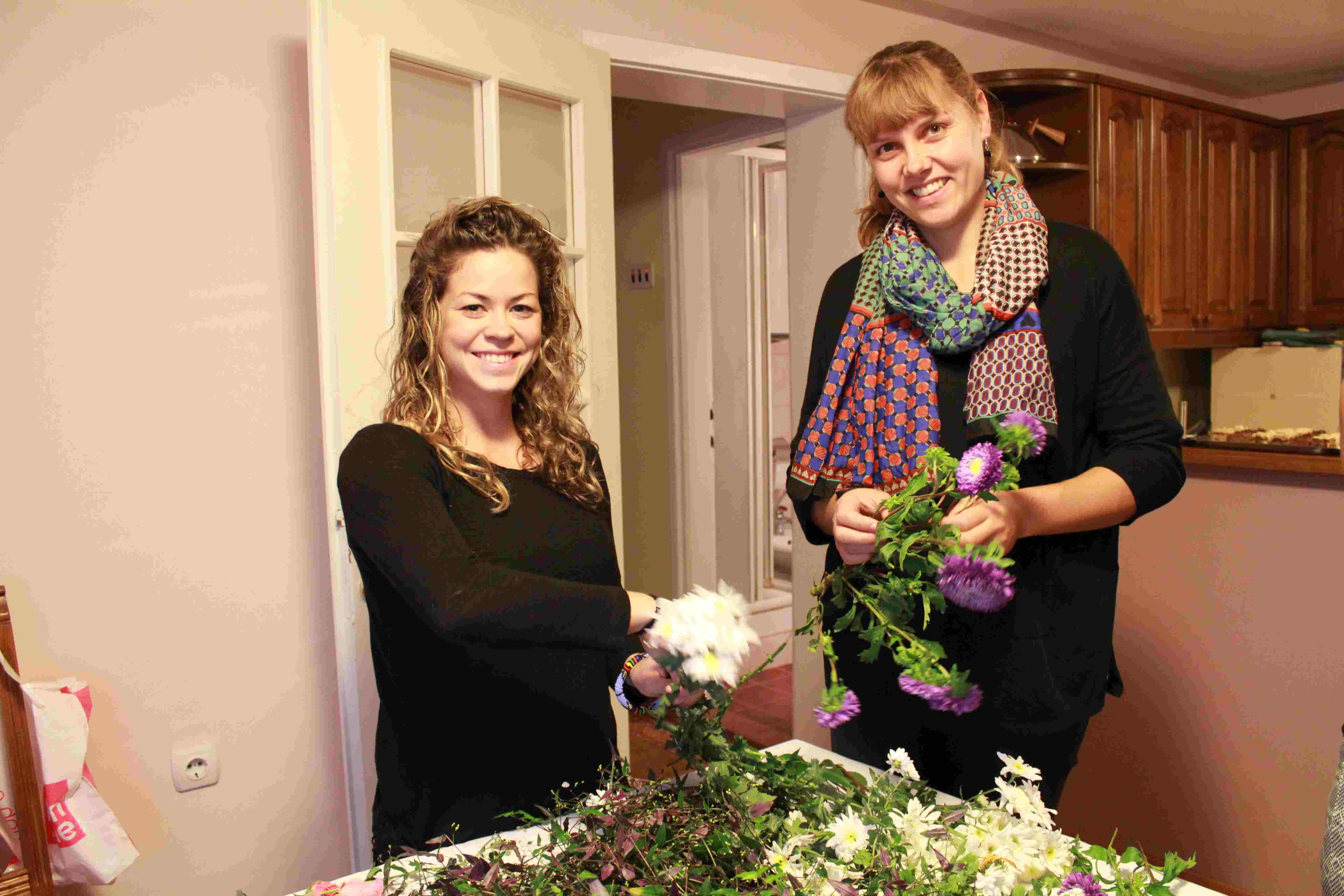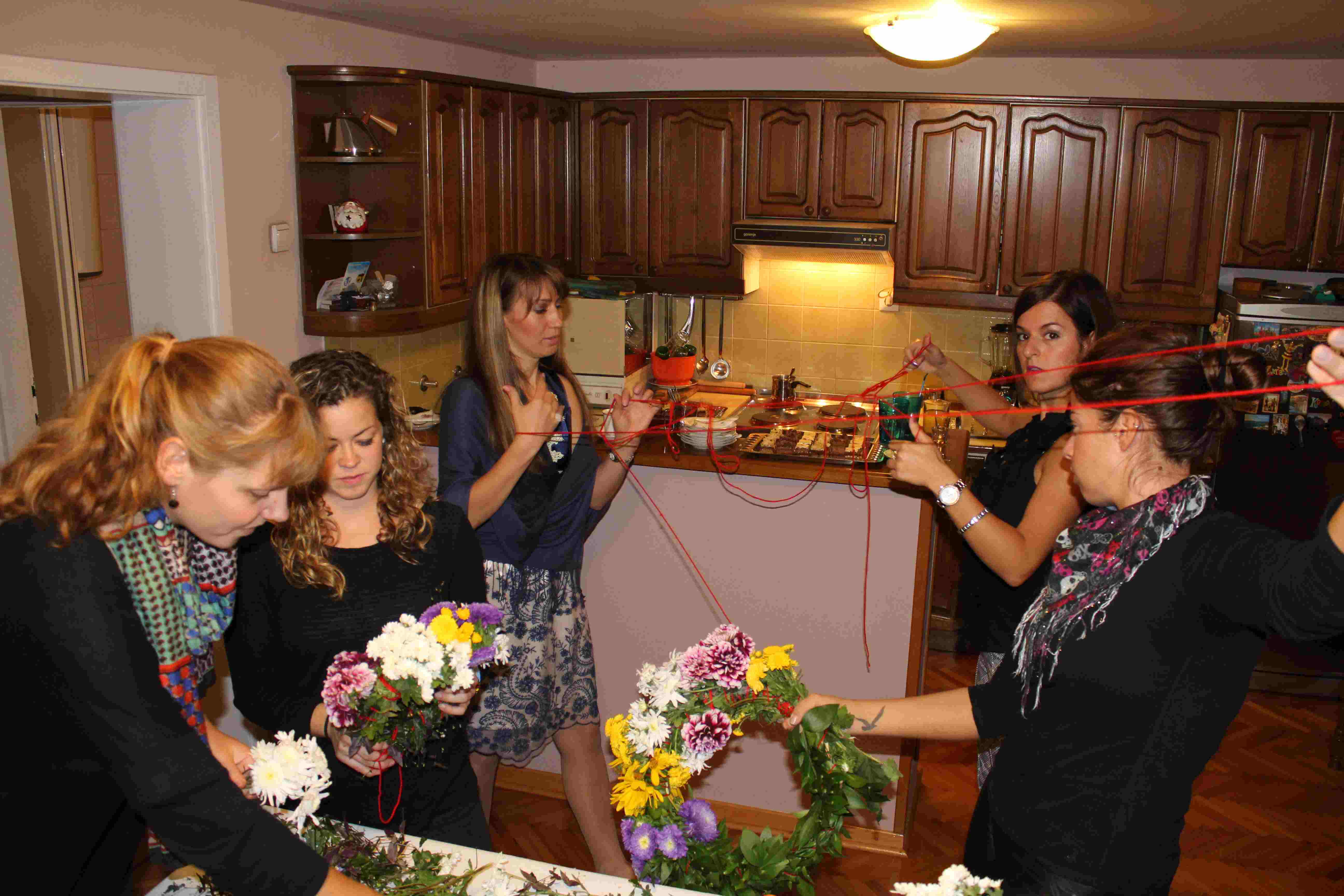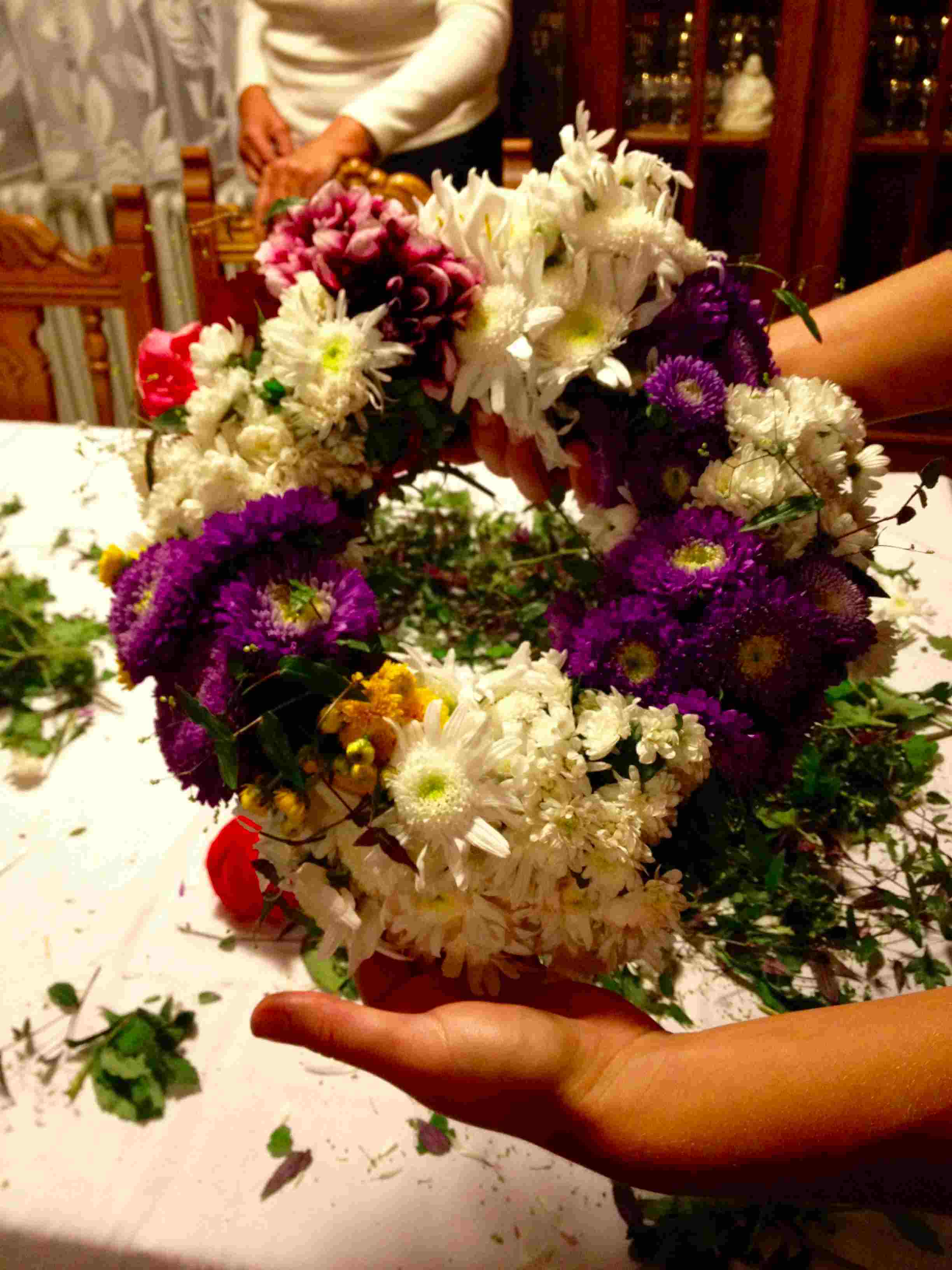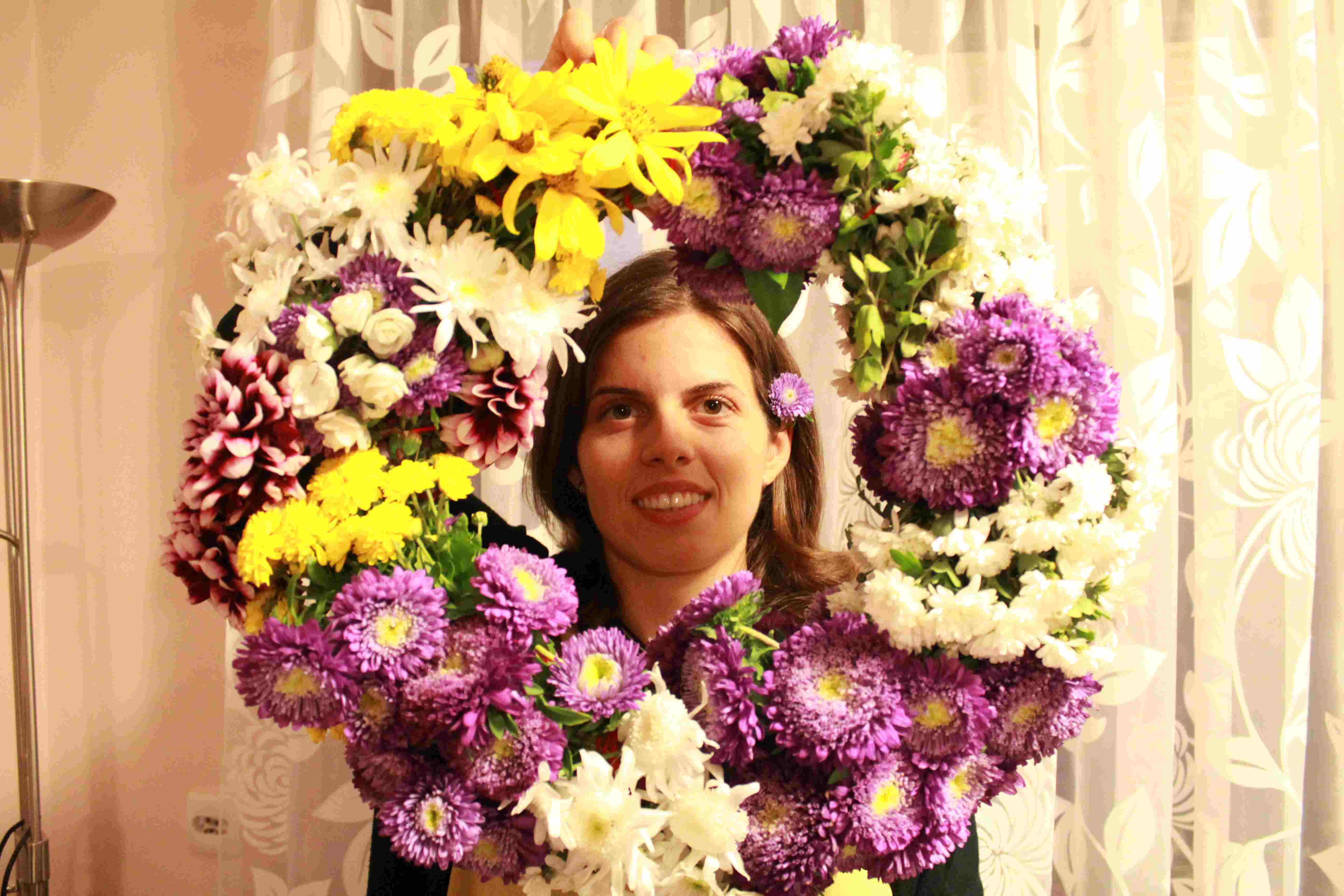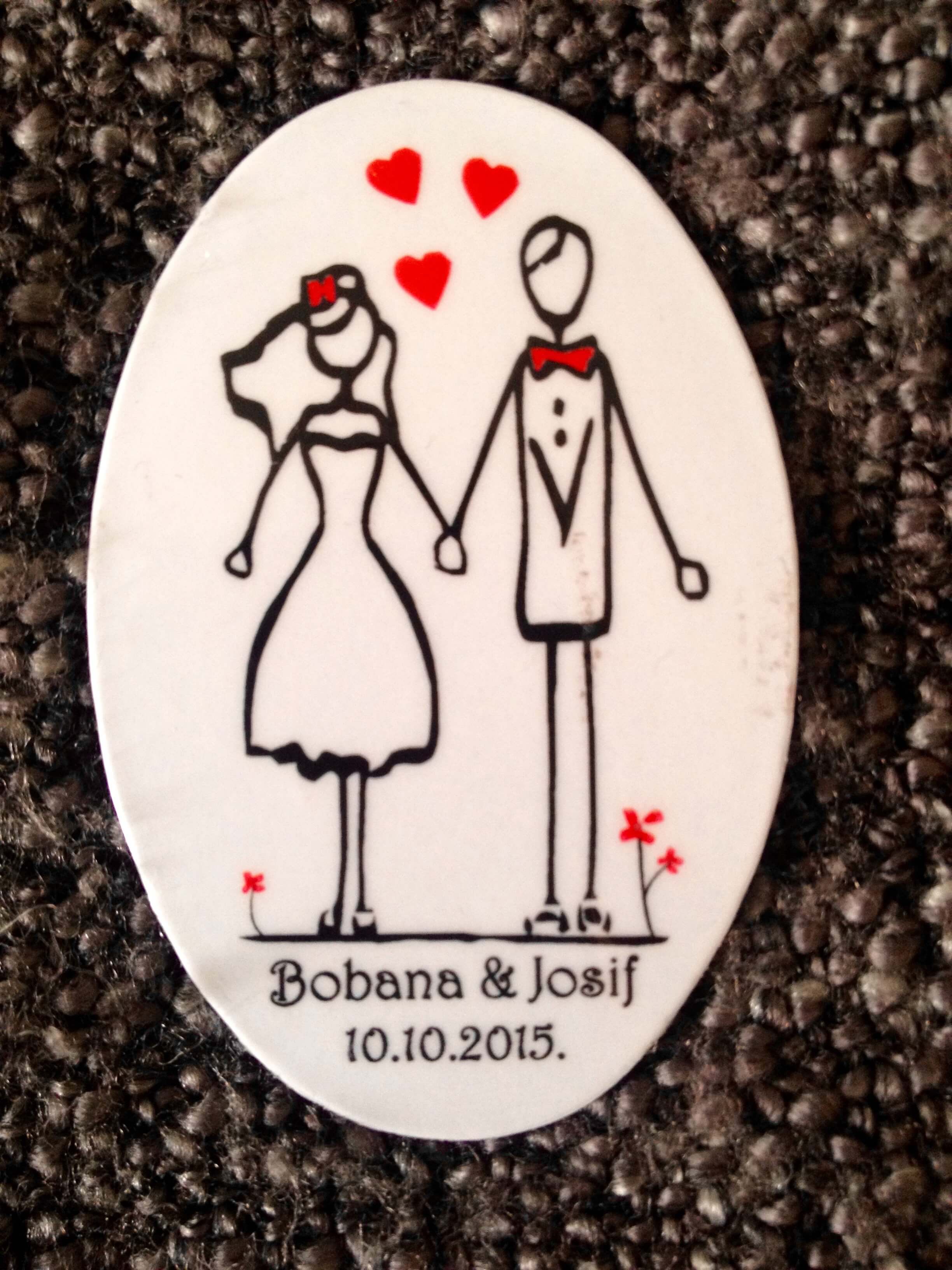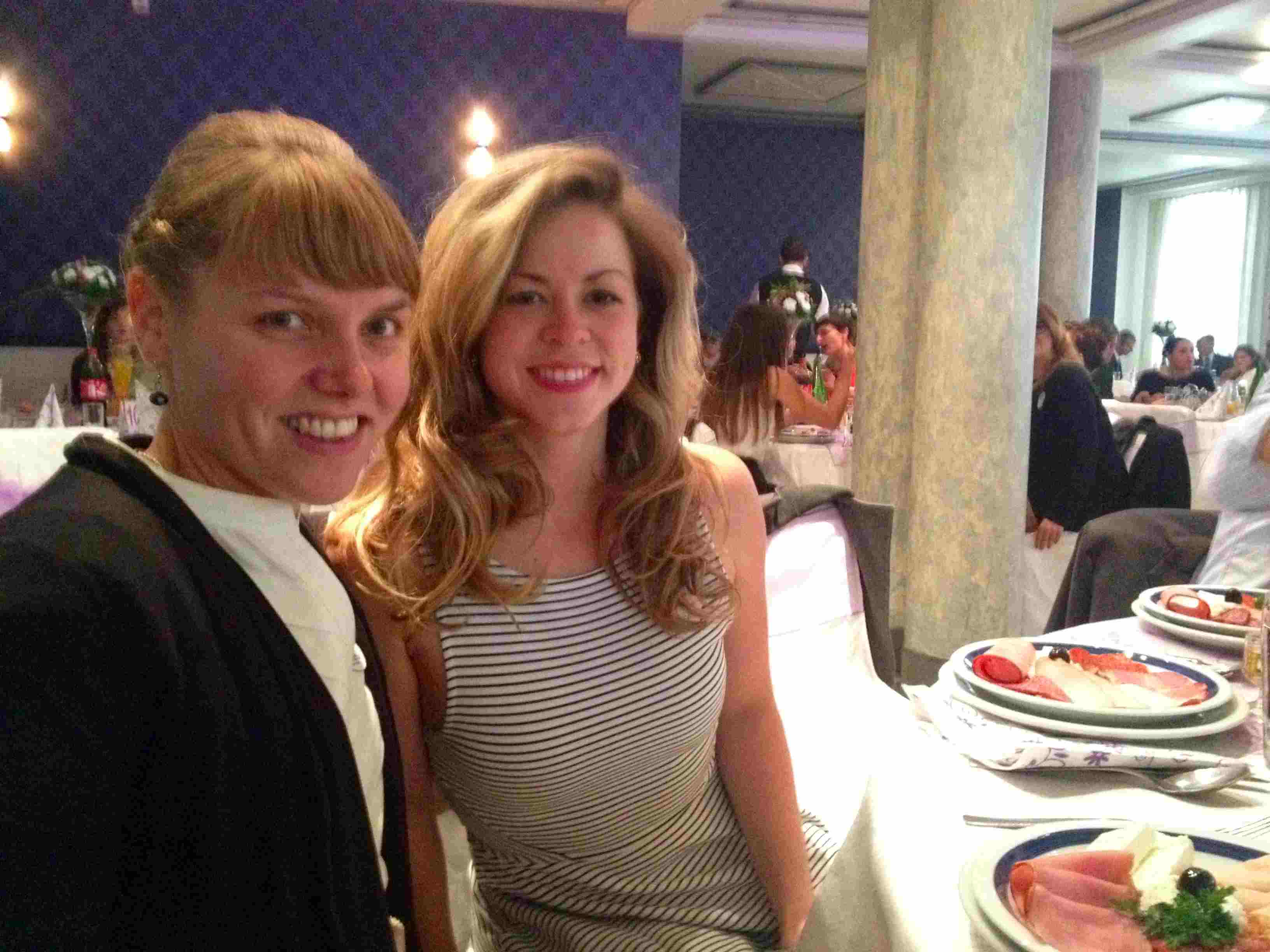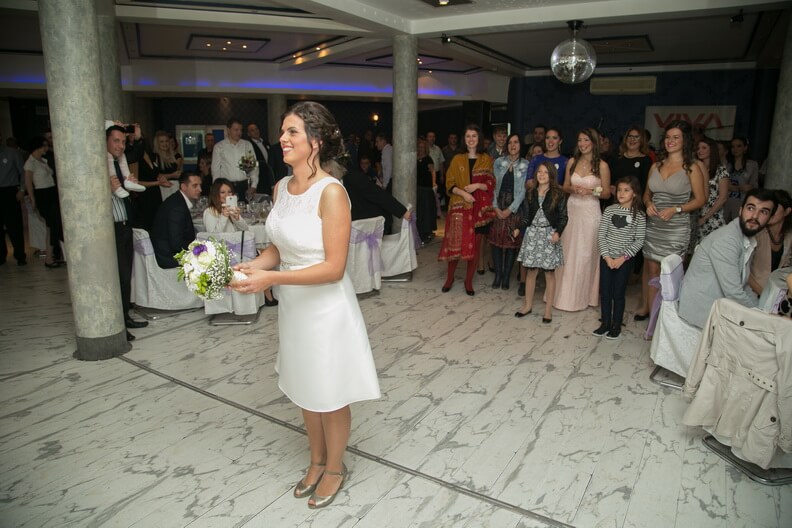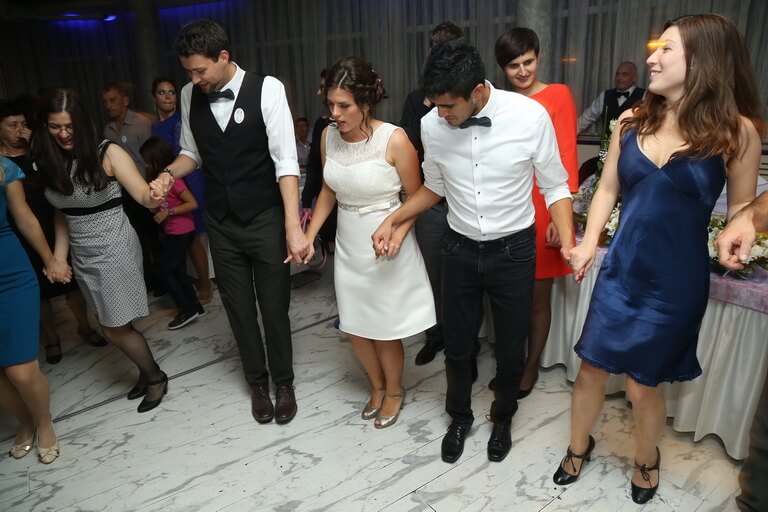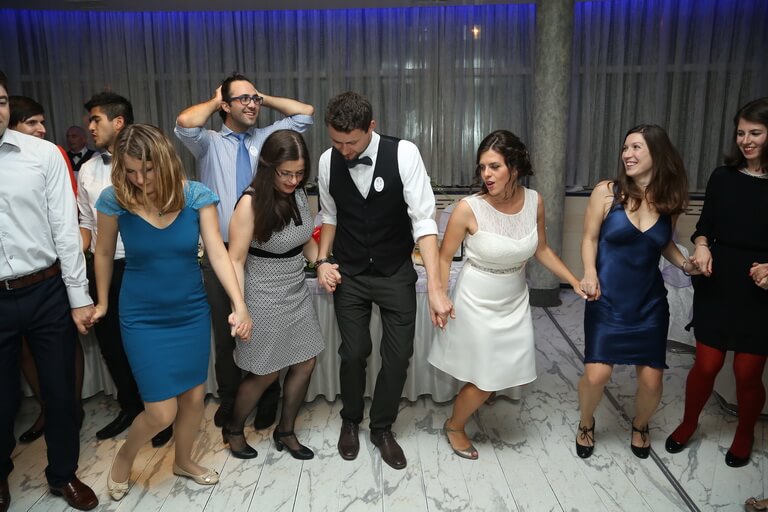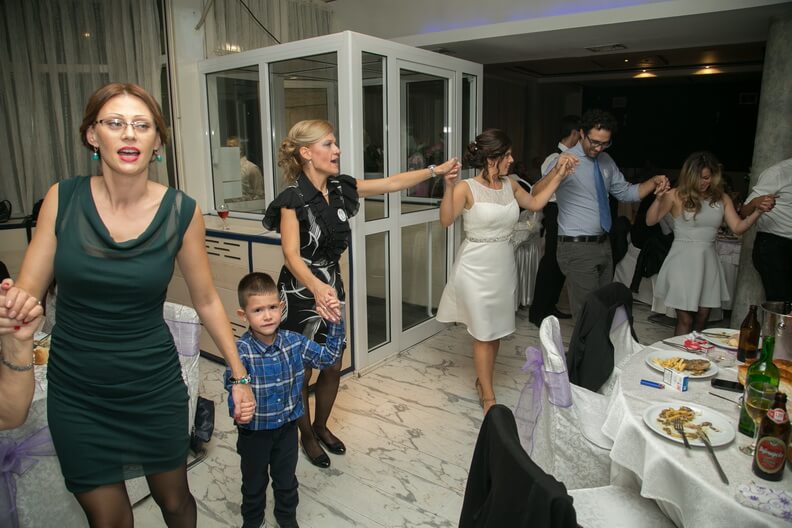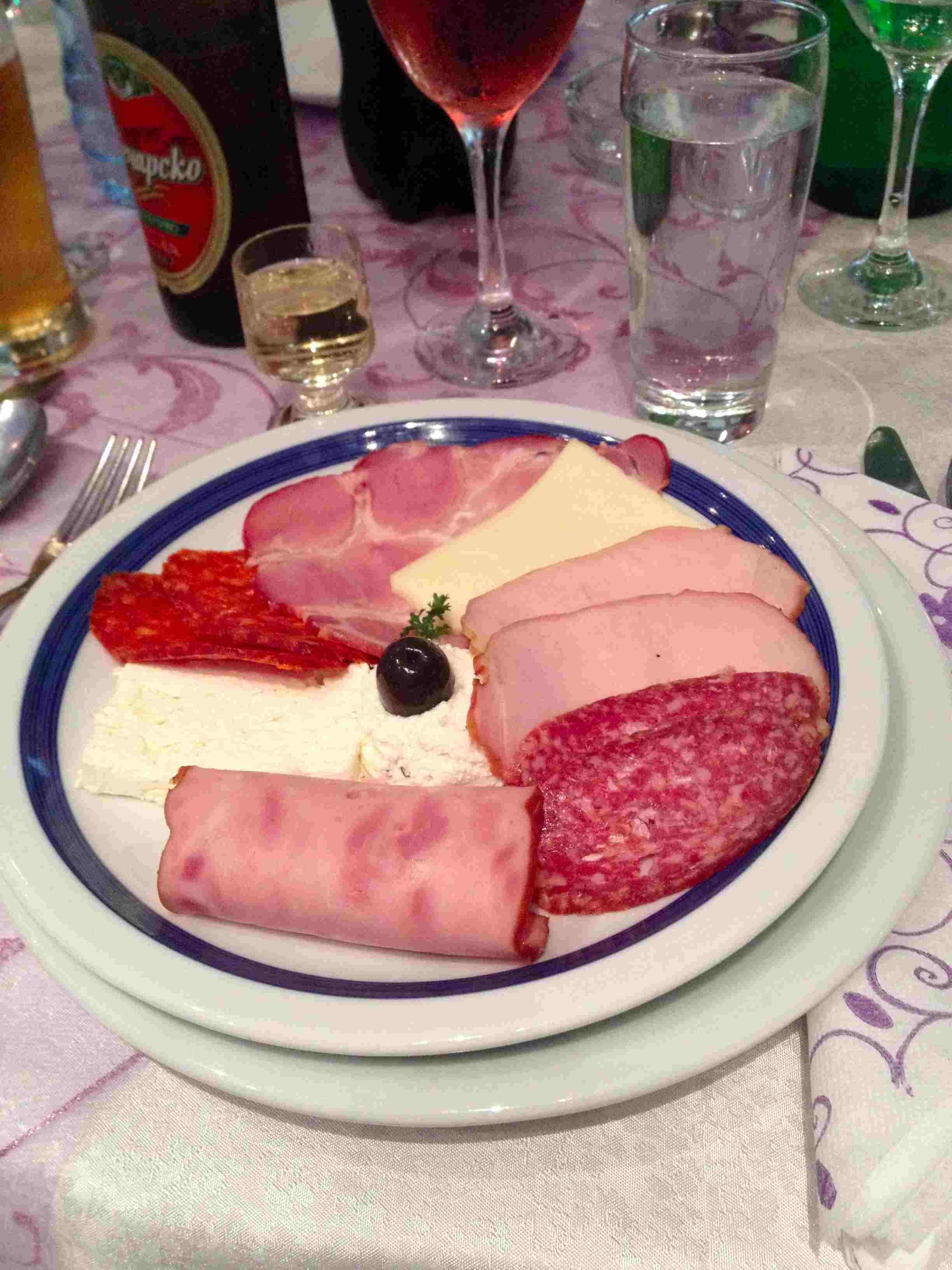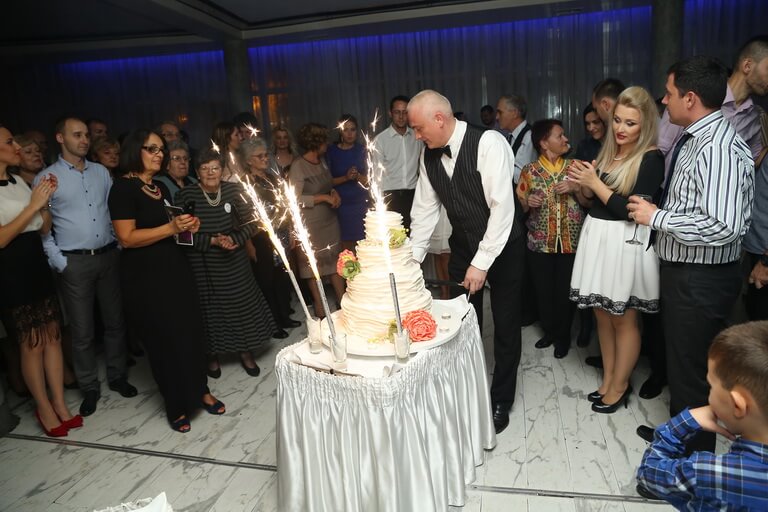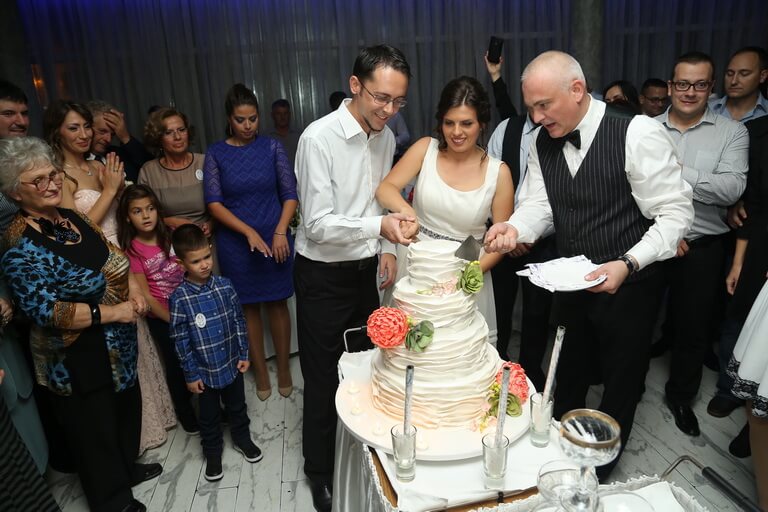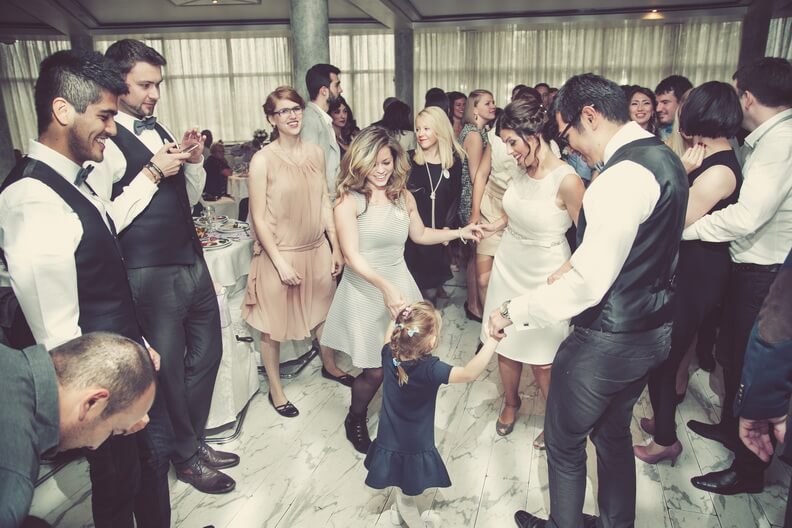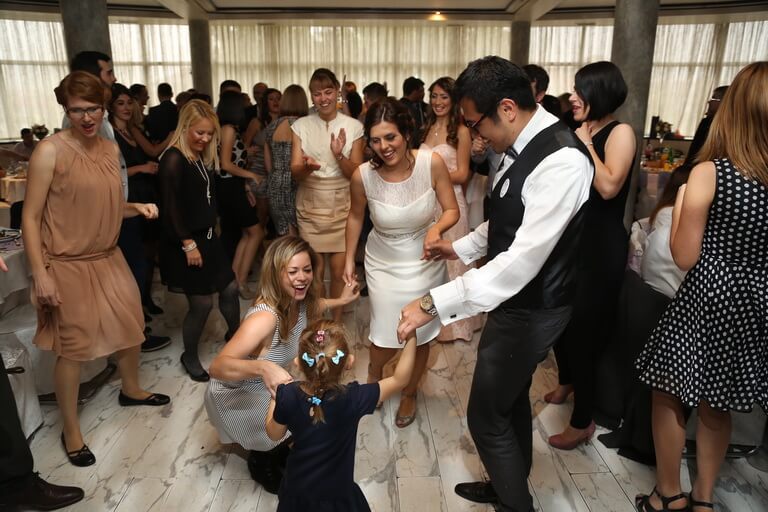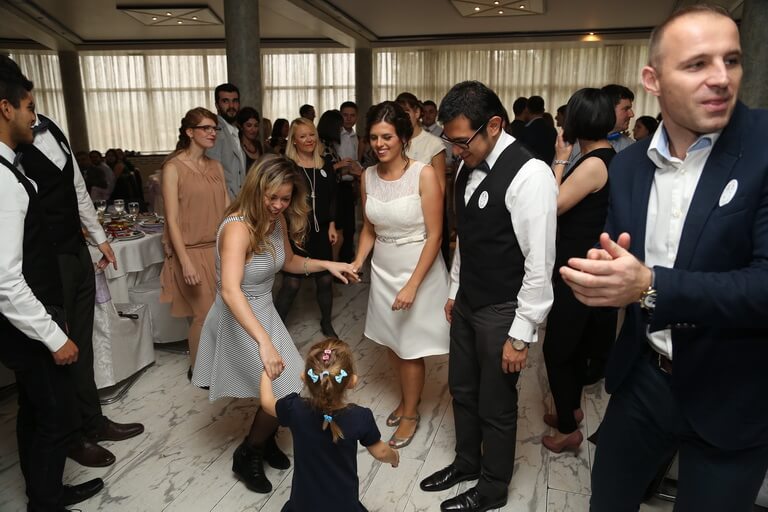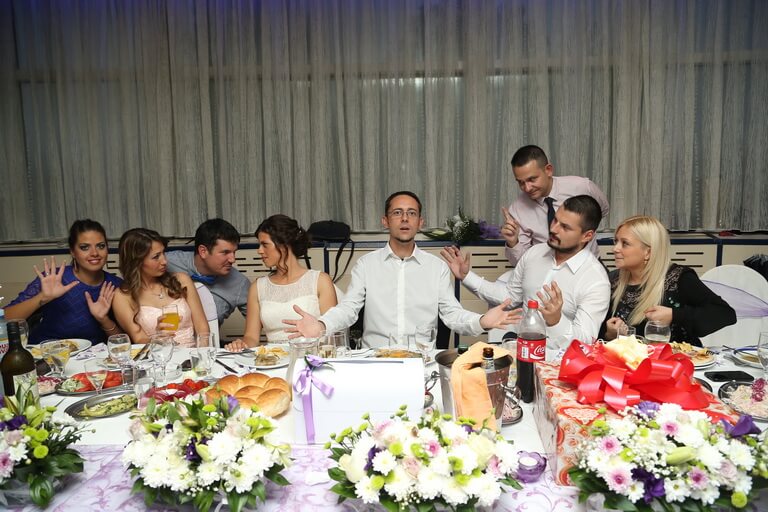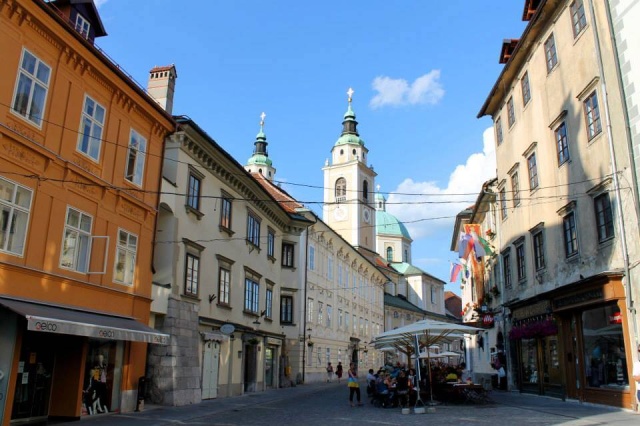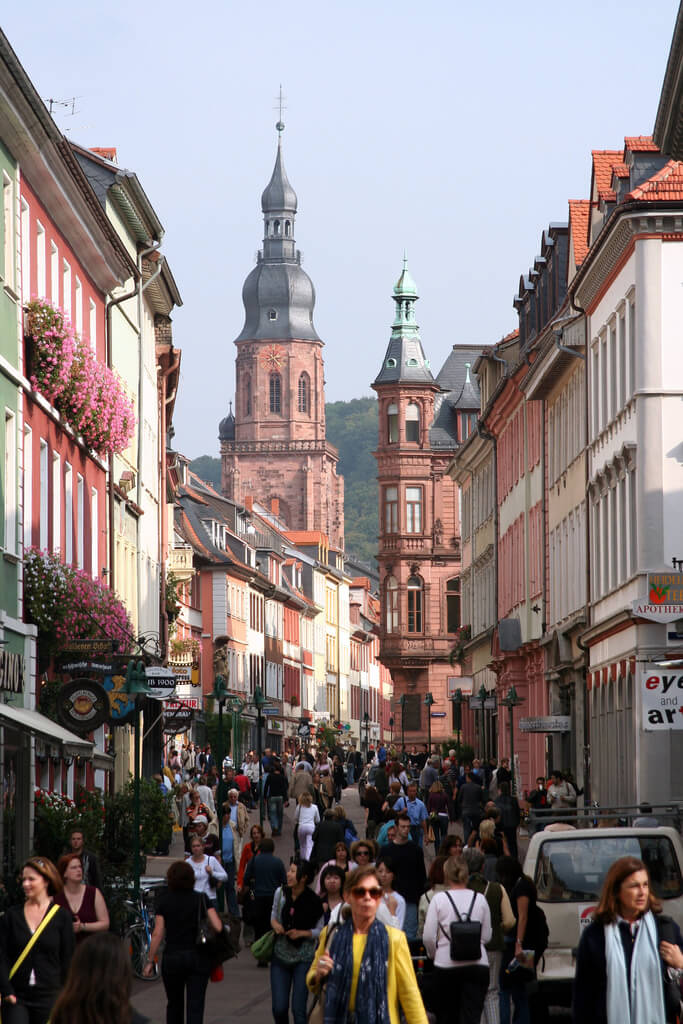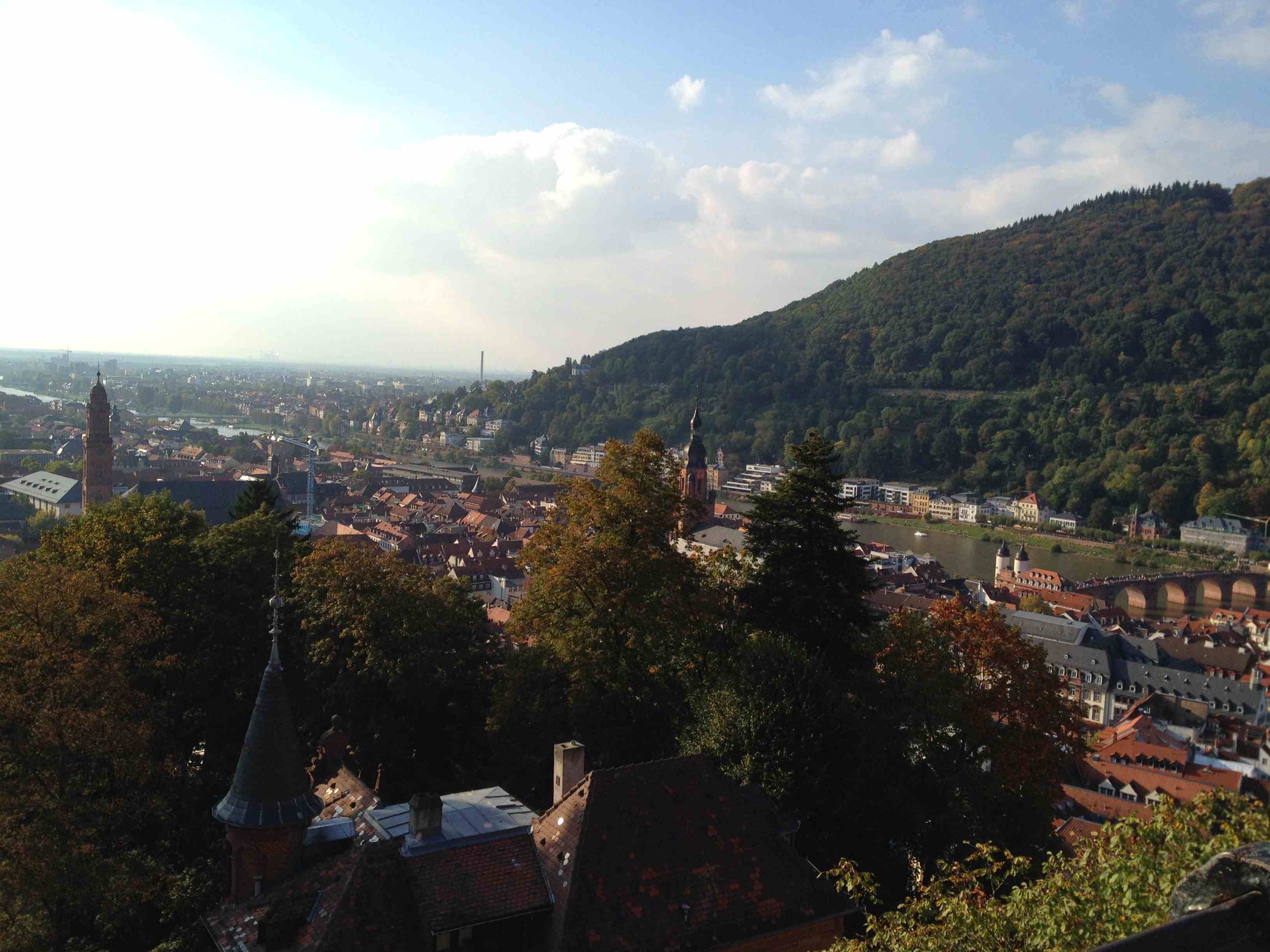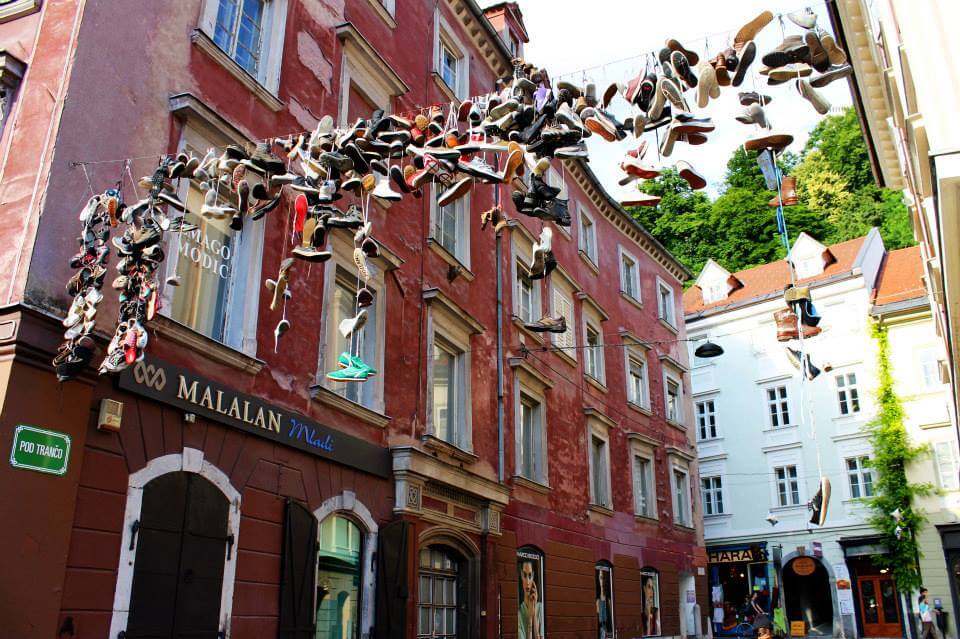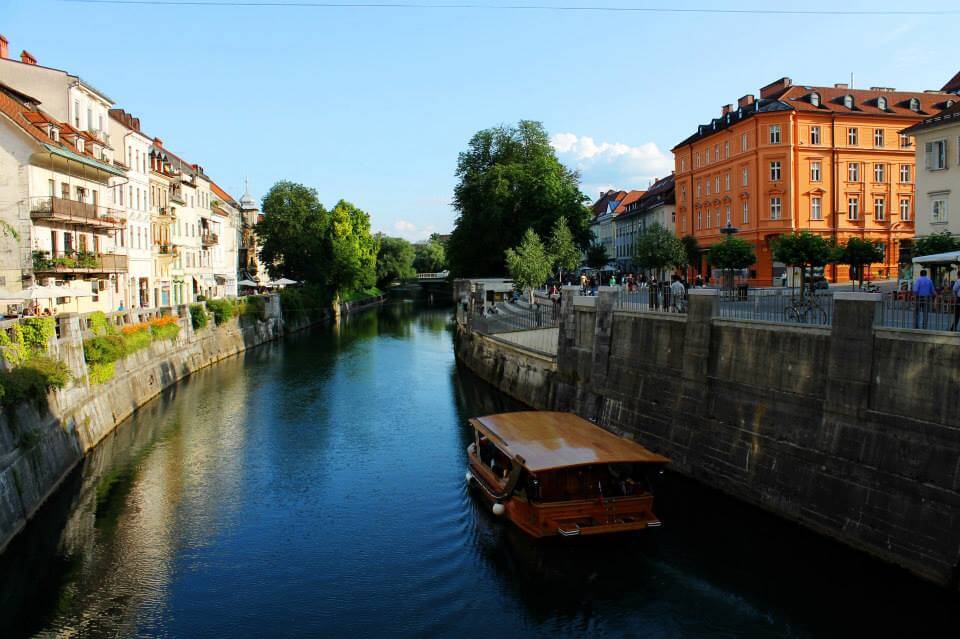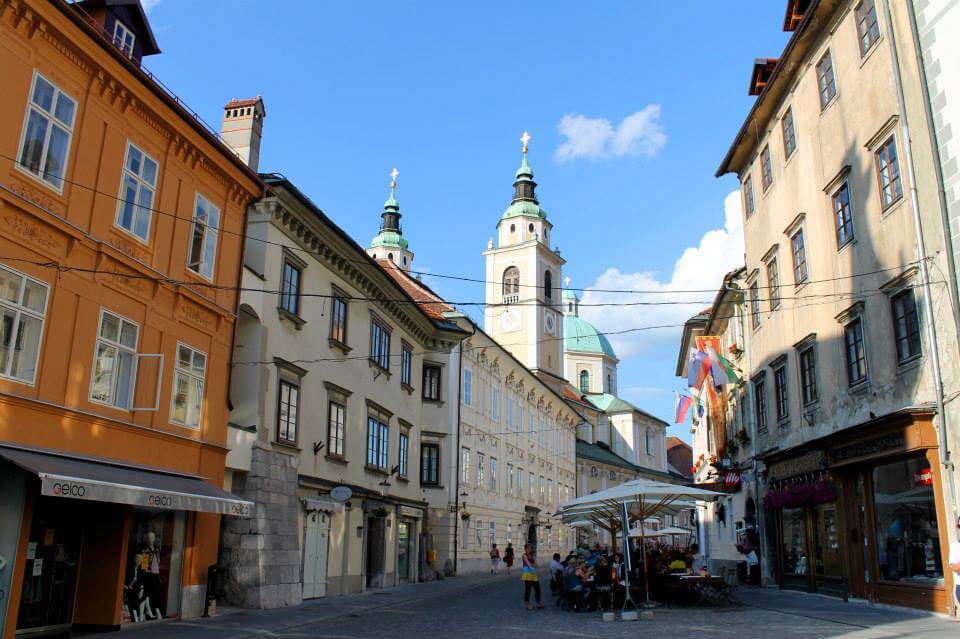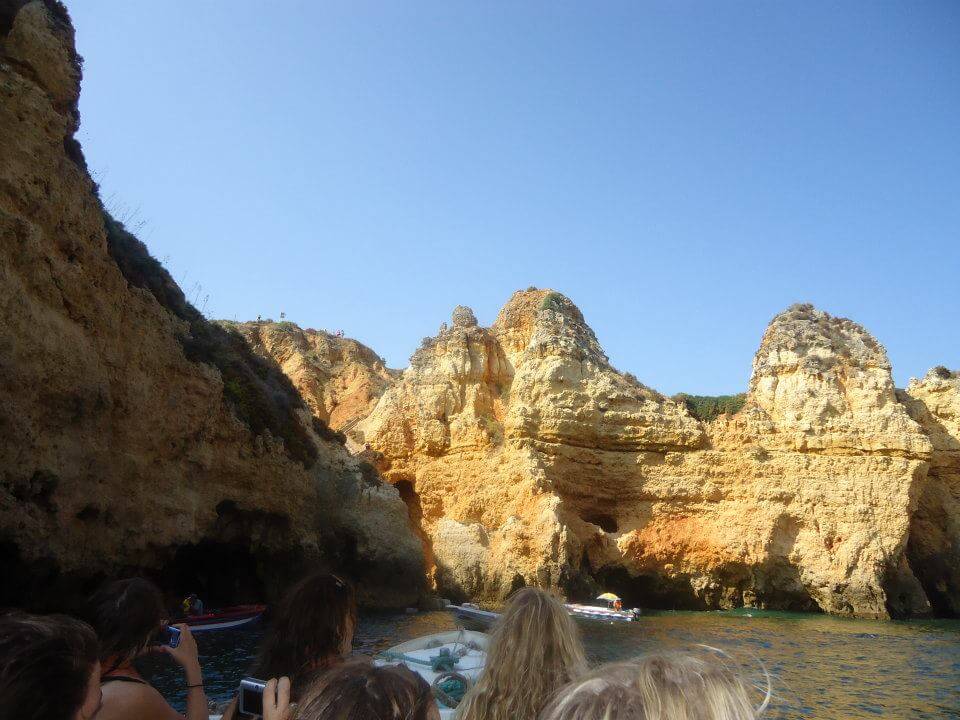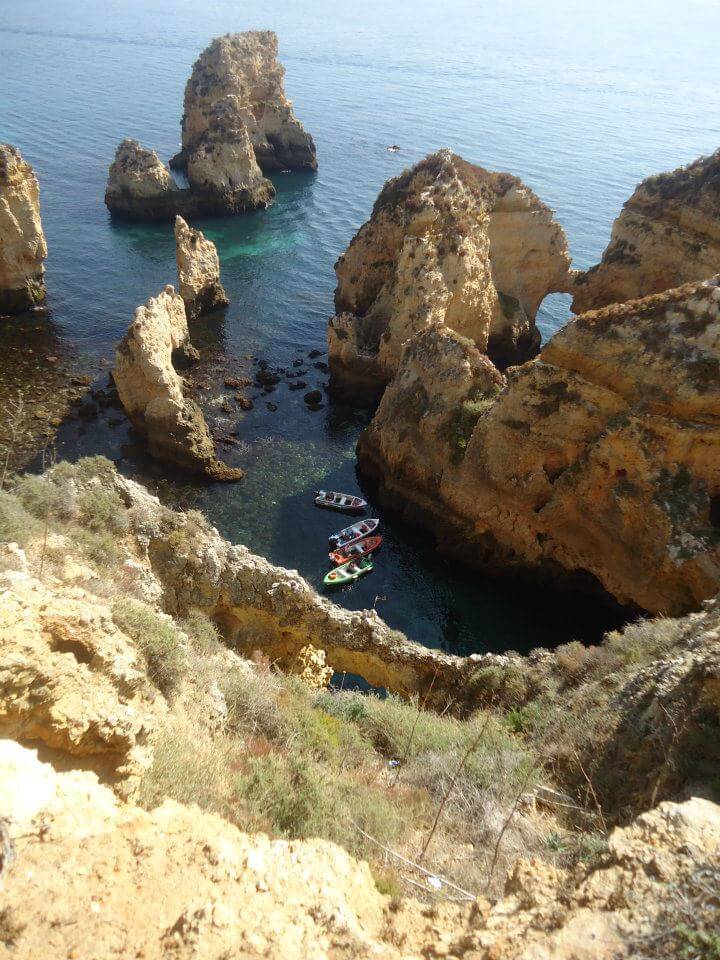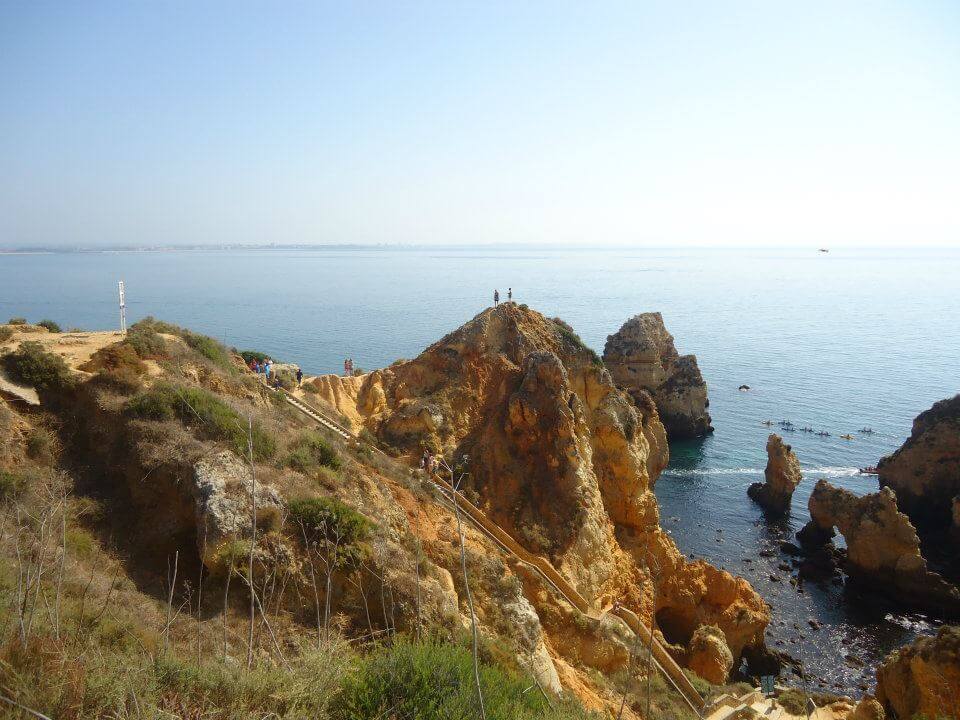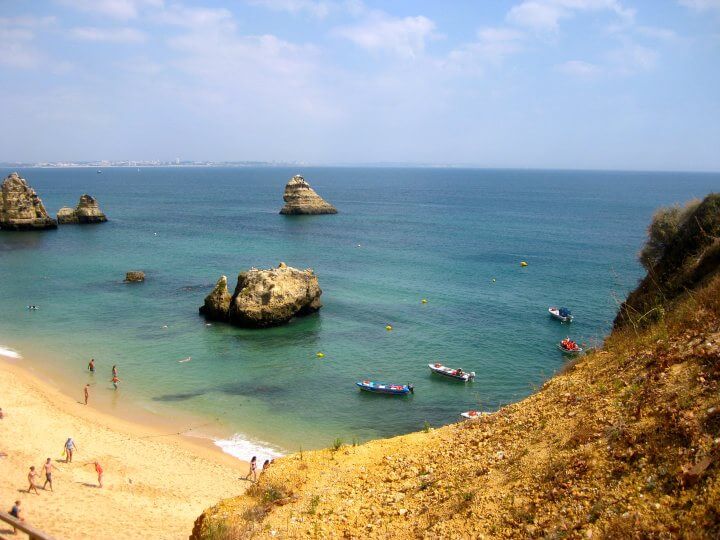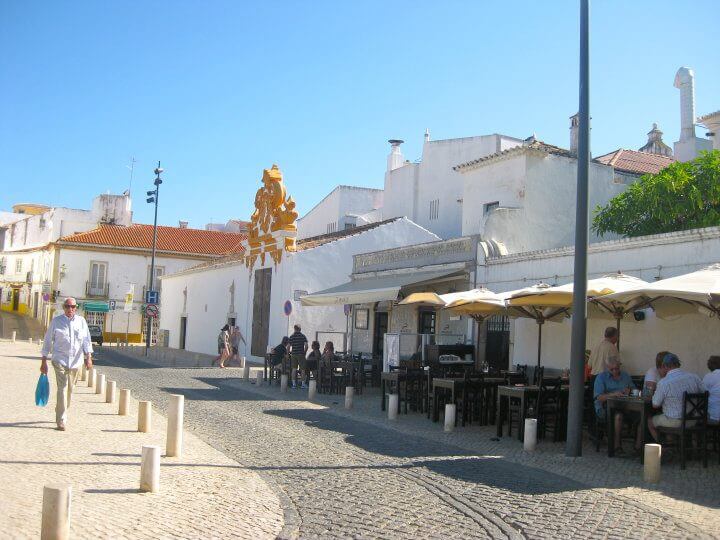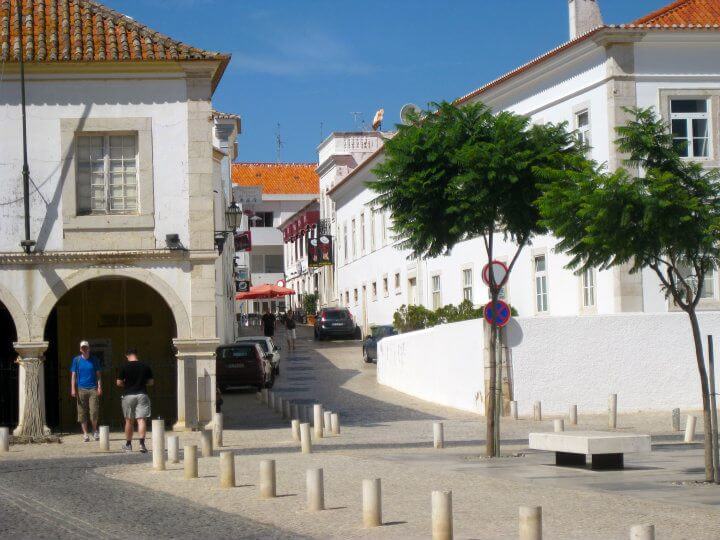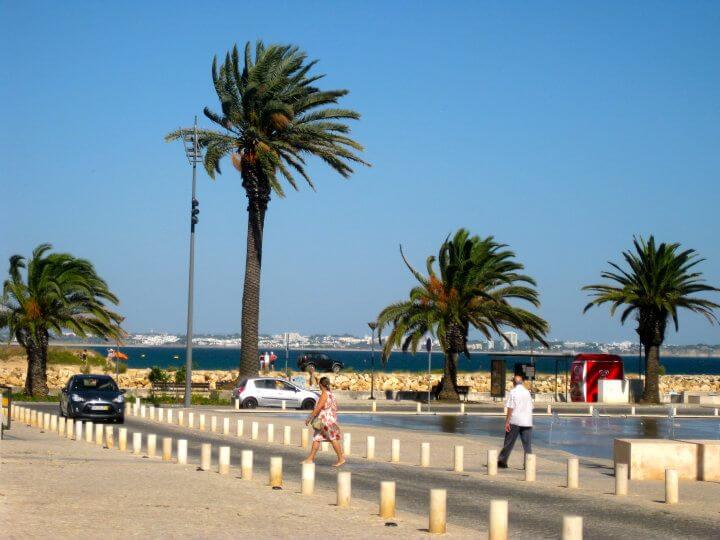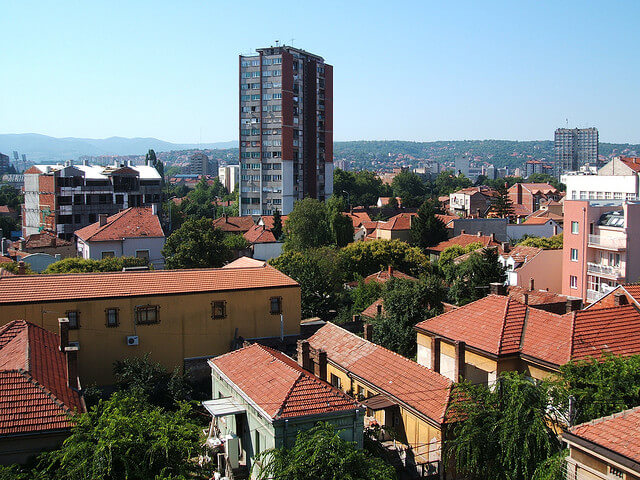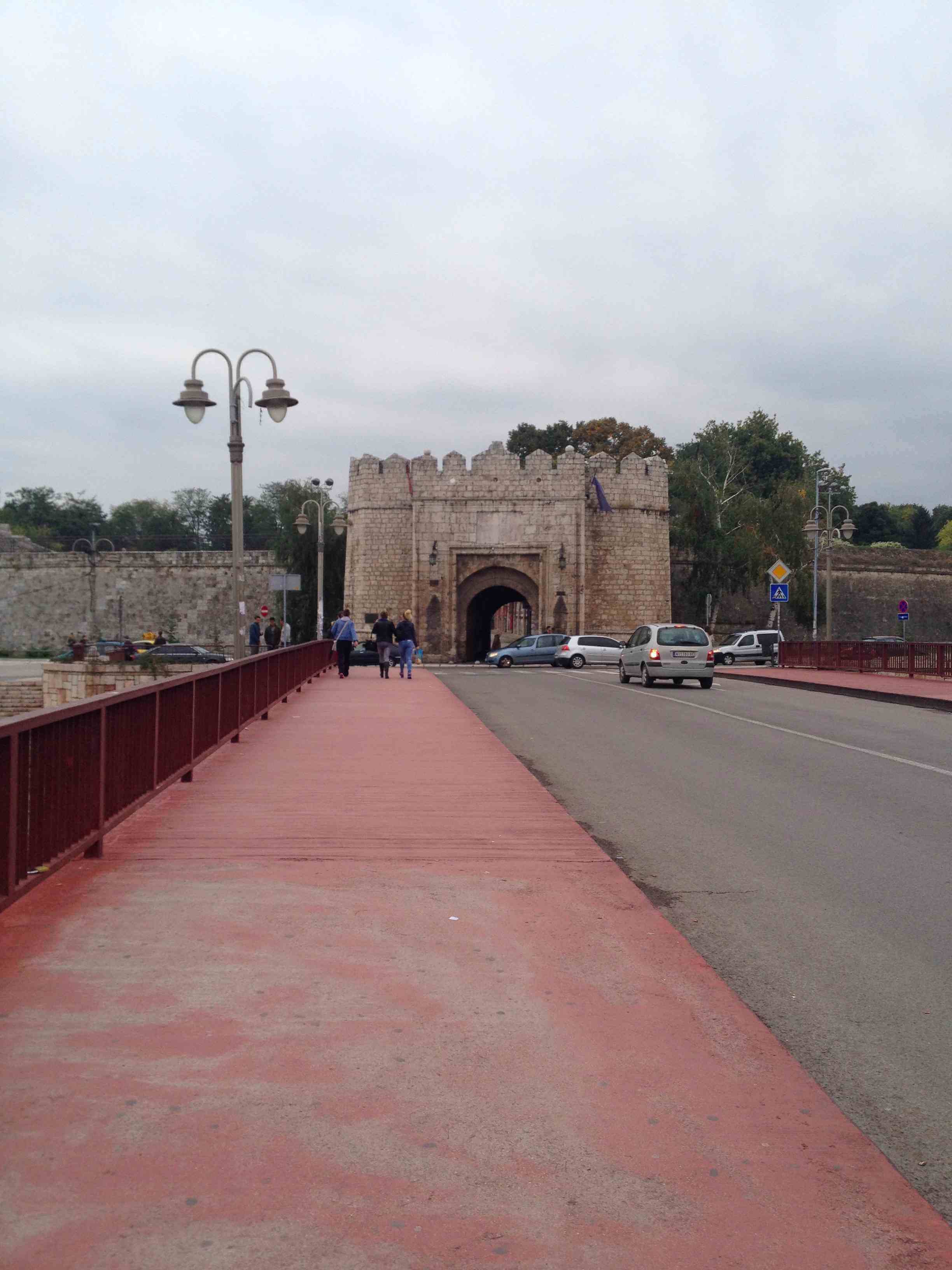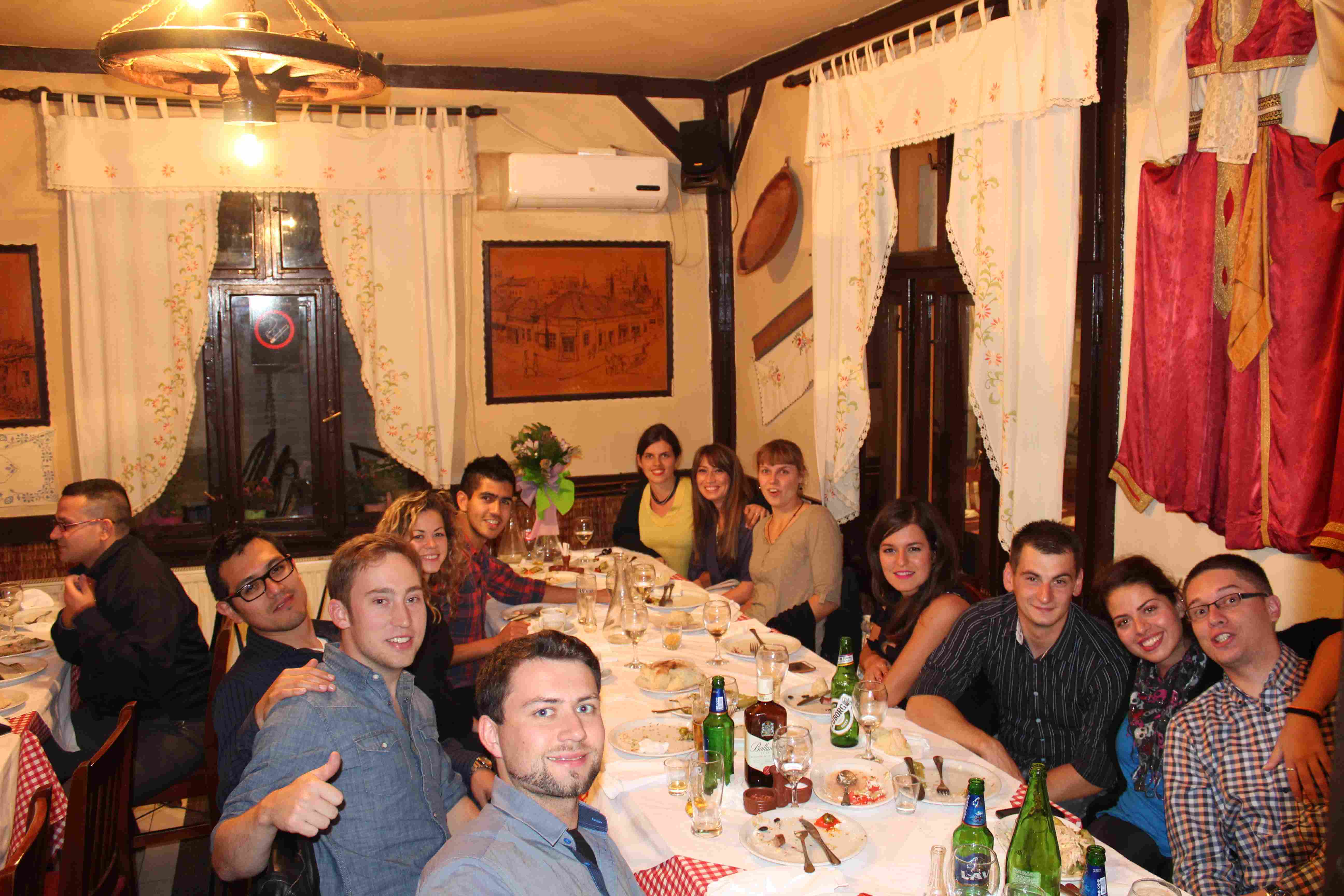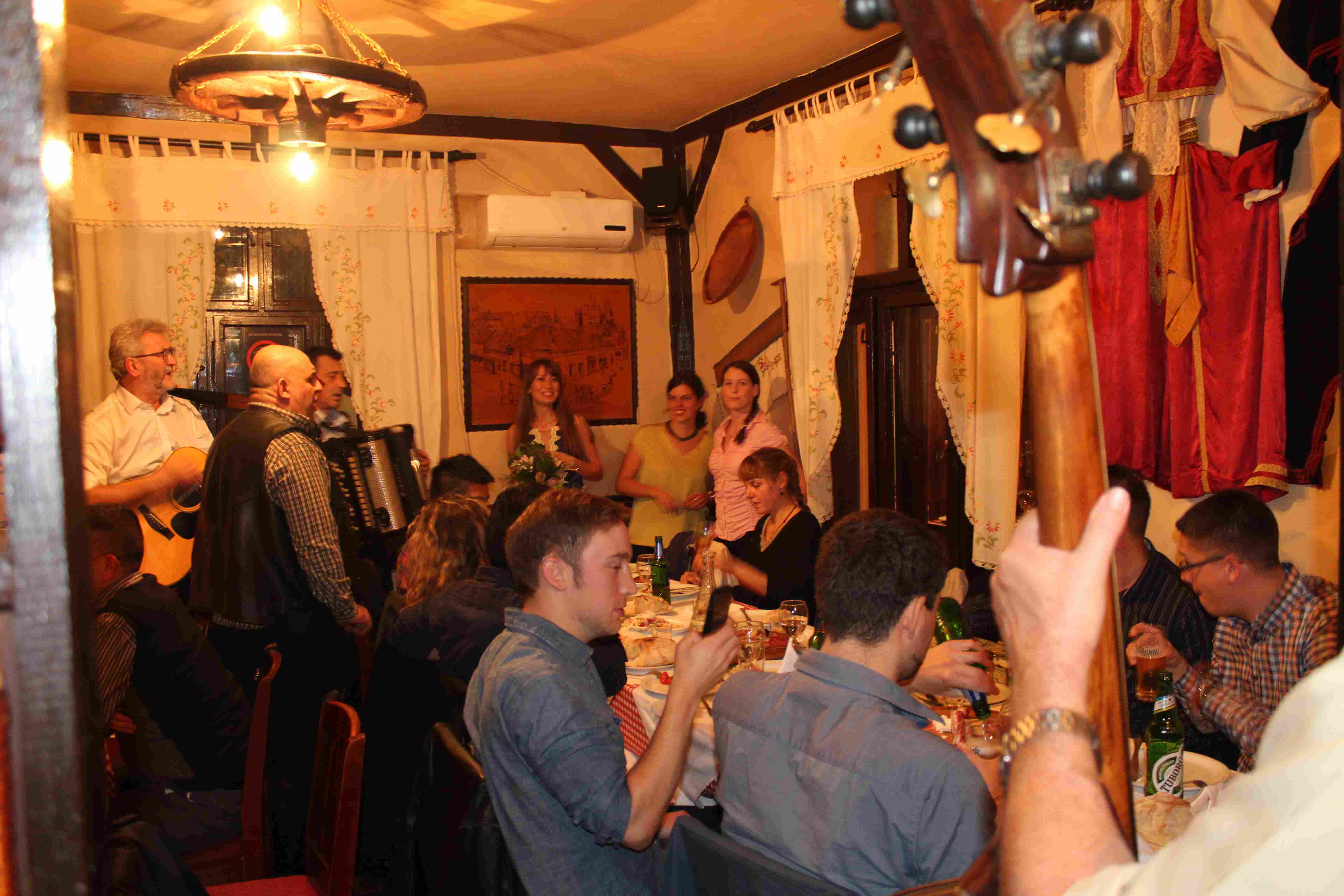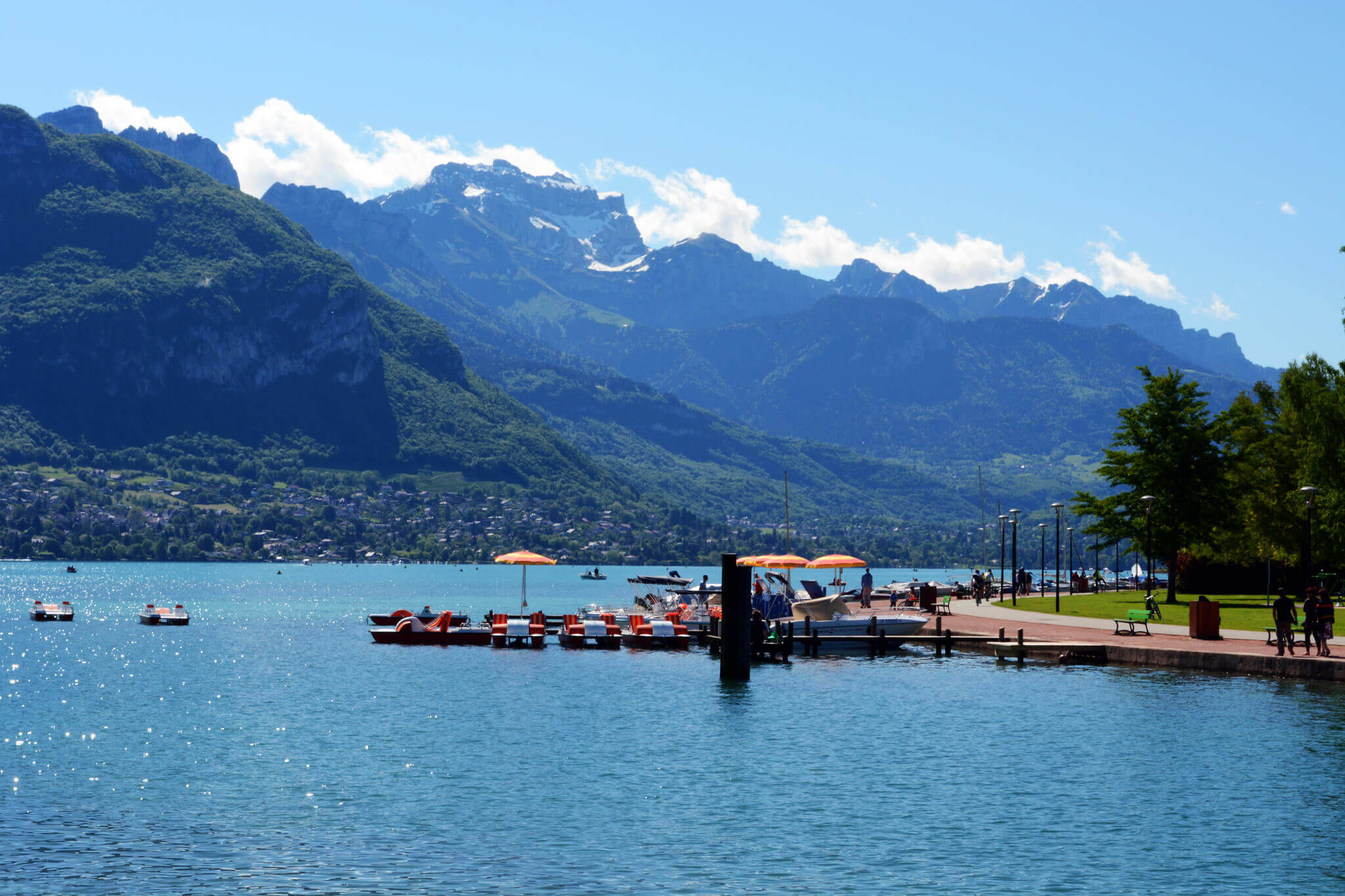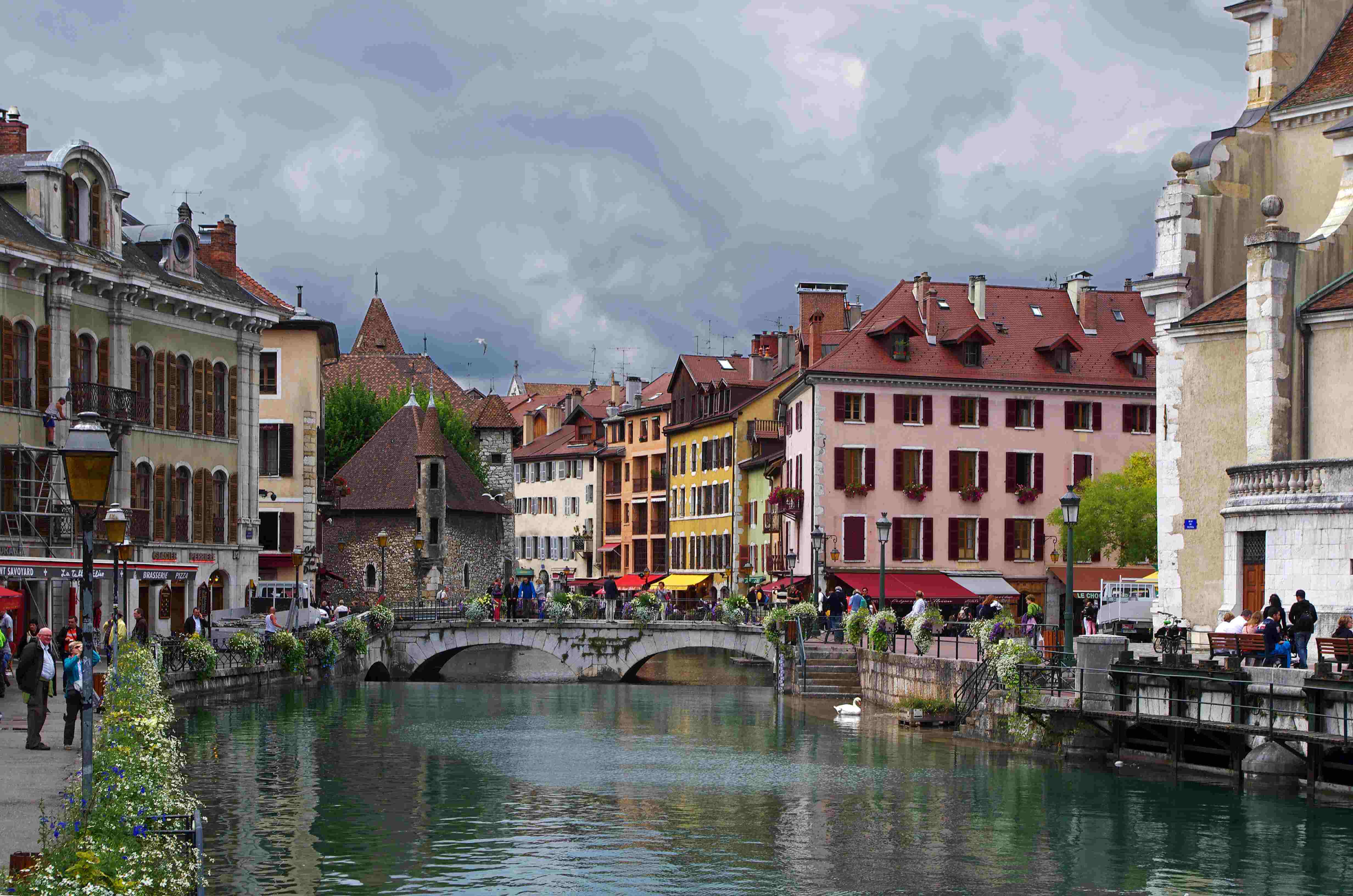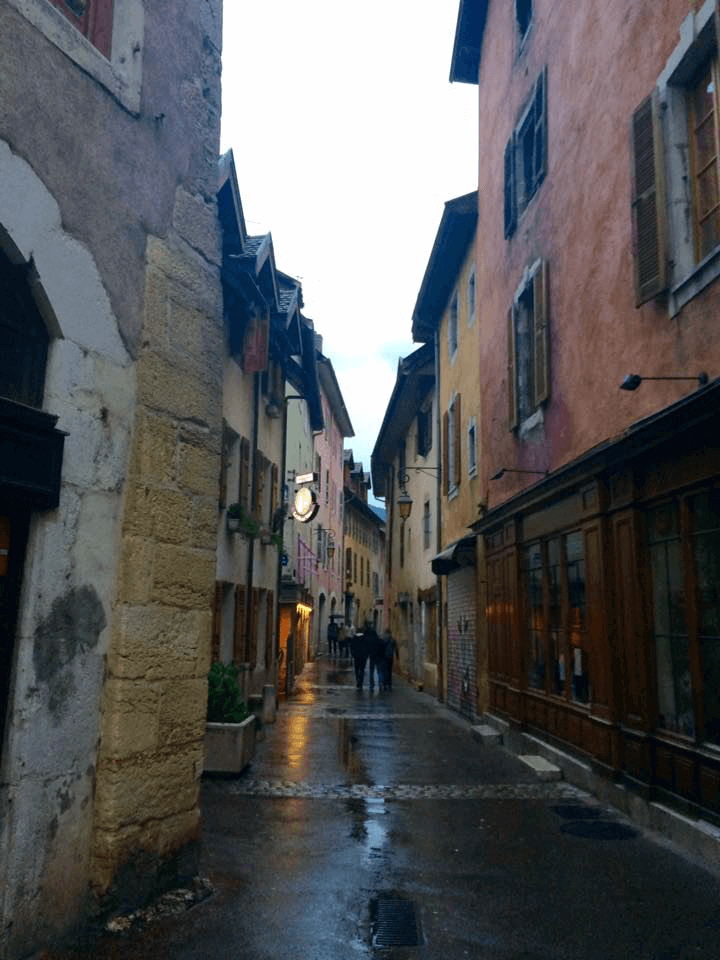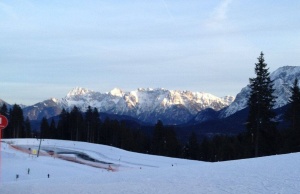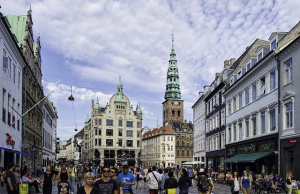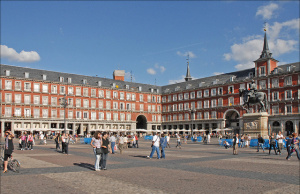Bohemia in Belgrade: Skadarlija
If you ask for suggestions about where to have a traditional Serbian restaurant experience in Belgrade, chances are Skadarlija will be on the list.
Where is Skadarlija?
Located in the municipality Stari Grad (Old Town), this vintage street attracts visitors and locals for a variety of reasons. When I first arrived at the street I was really intrigued by how artistically the restaurants and other buildings were decorated and designed. There were tons of bright colors, beautiful murals and even lines of fresh flowers covering entire facades.
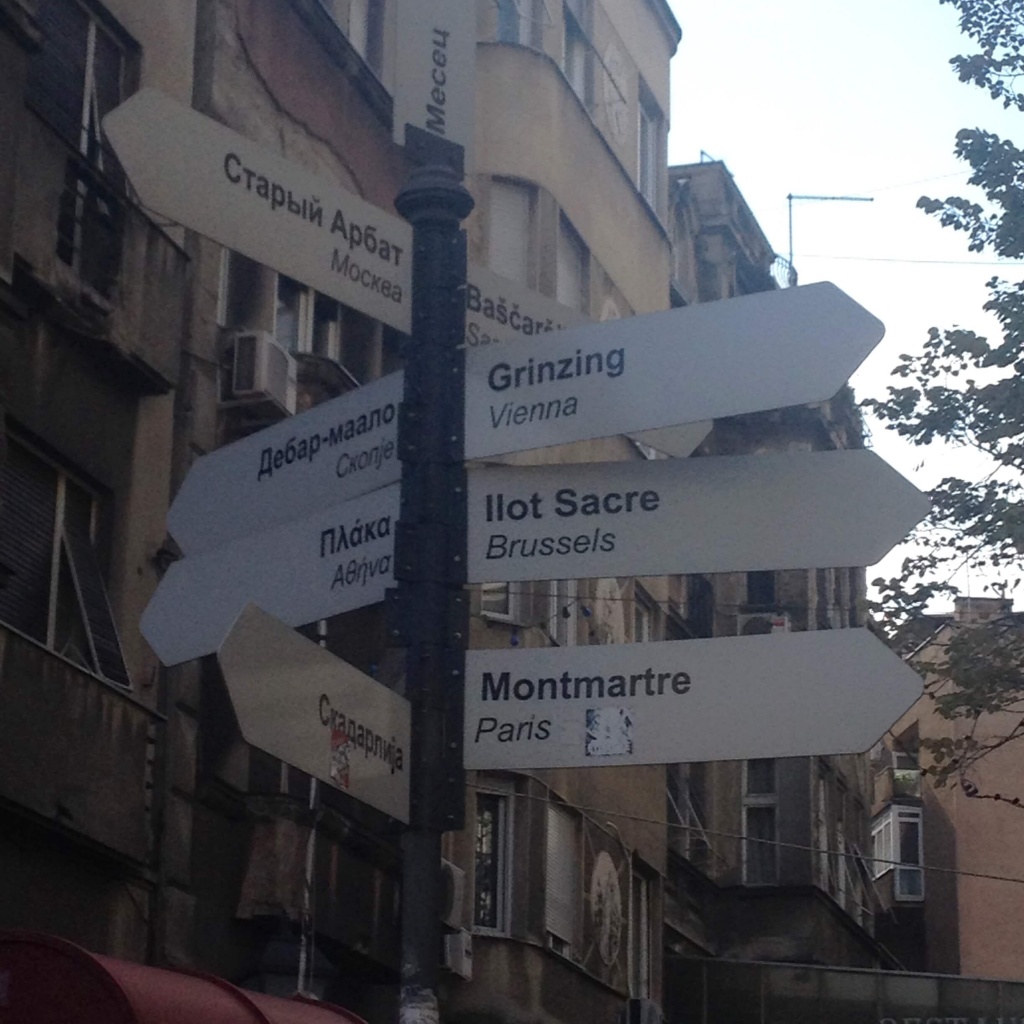
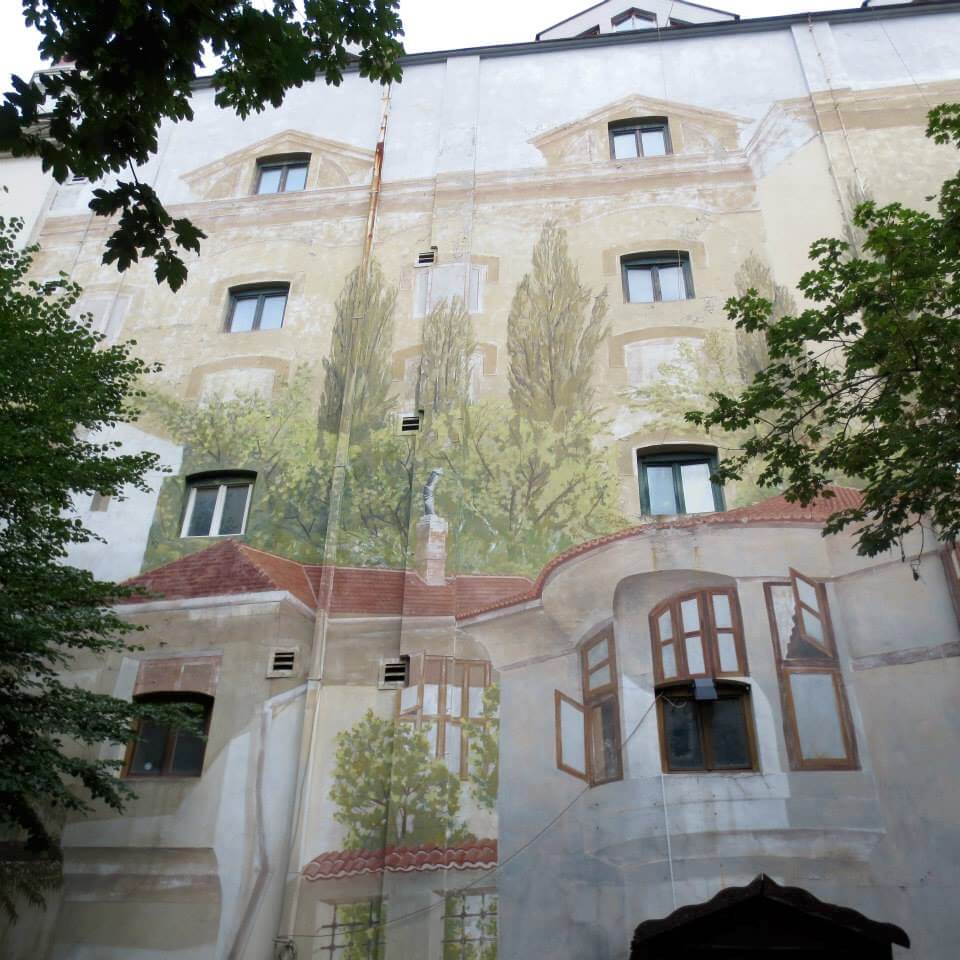
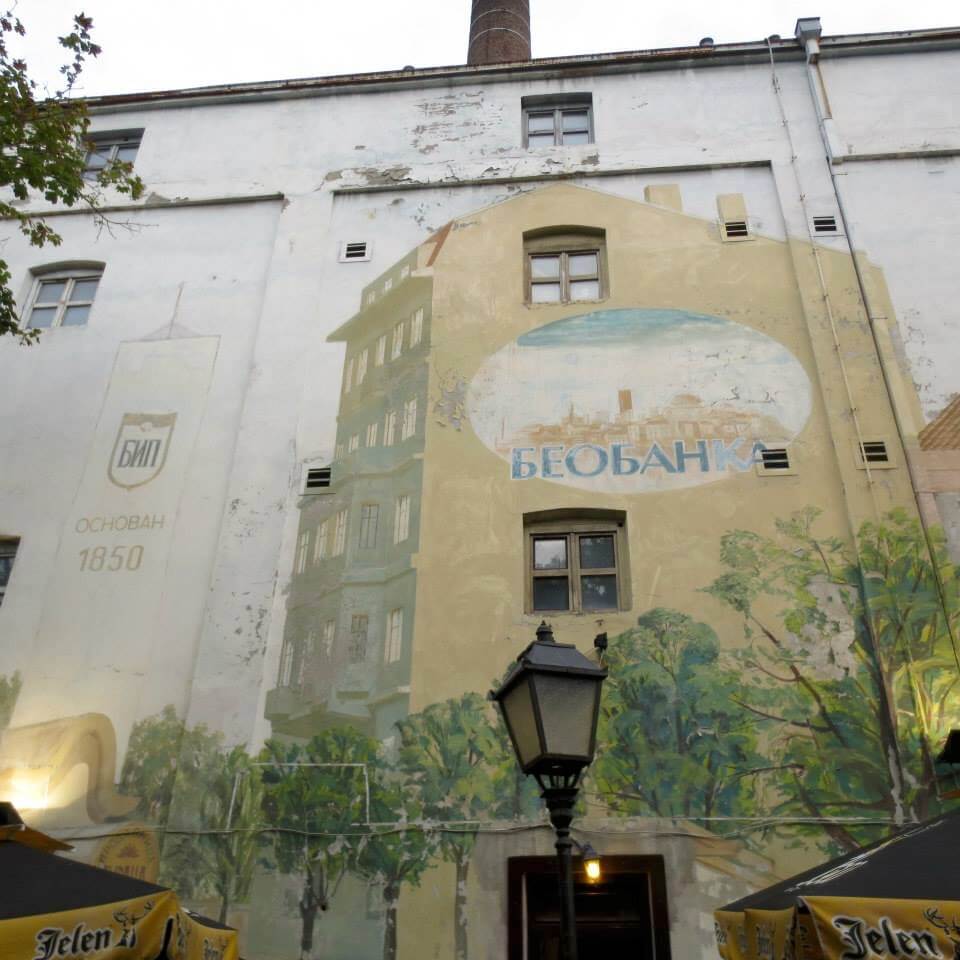
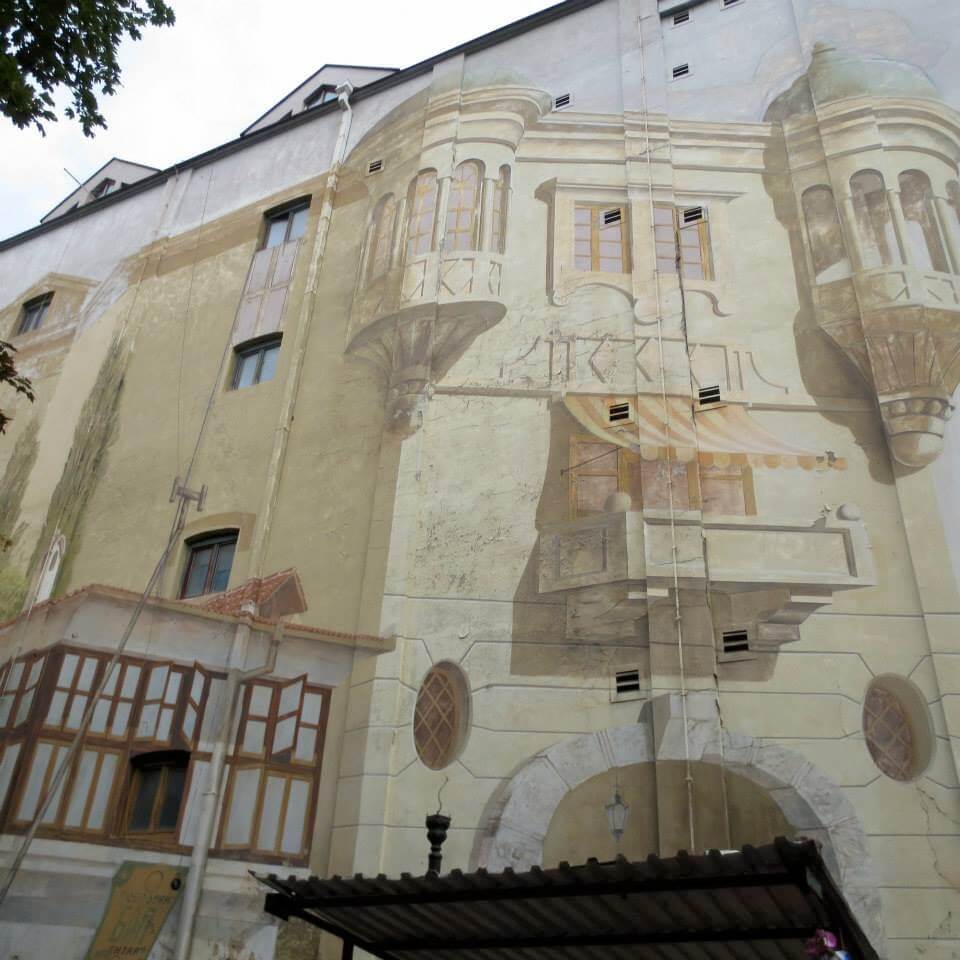
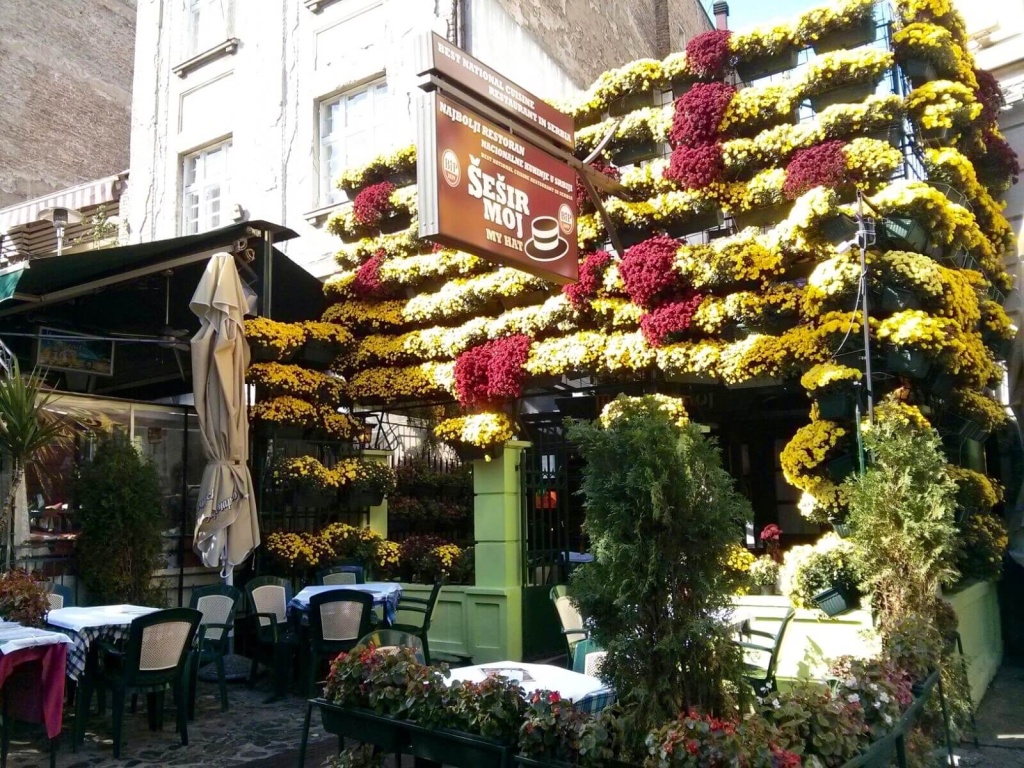
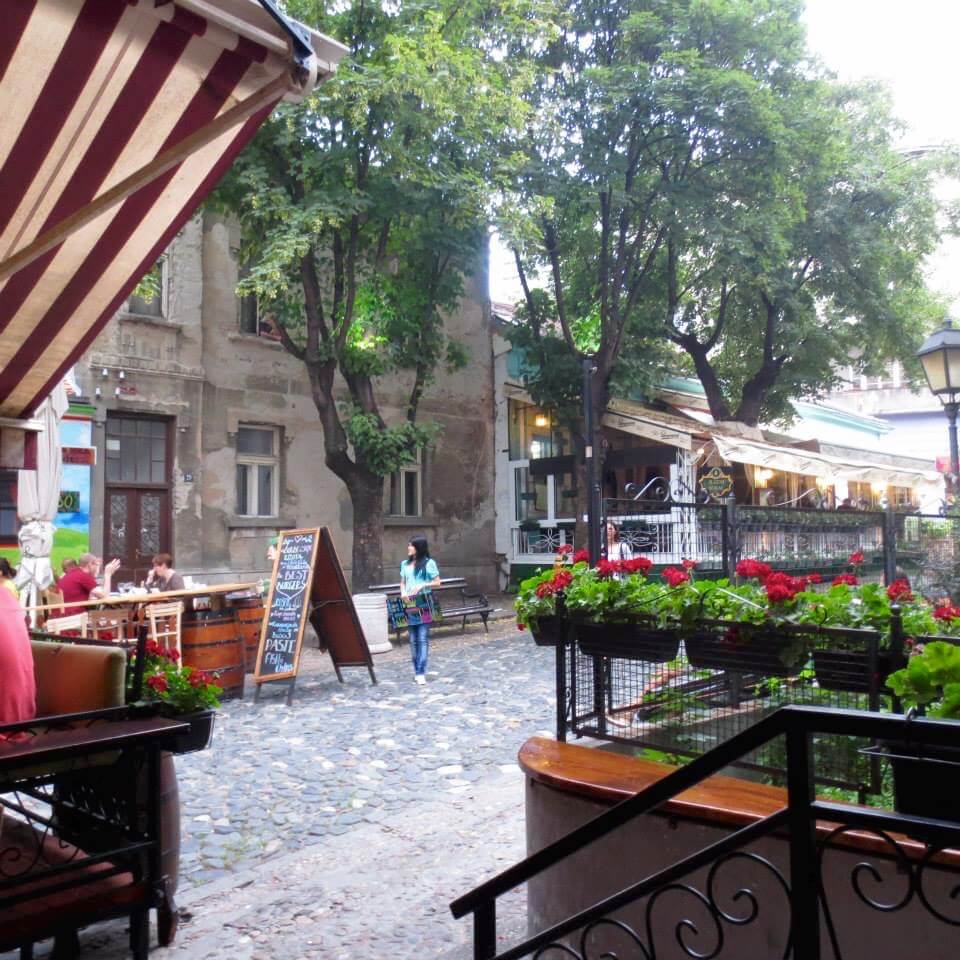
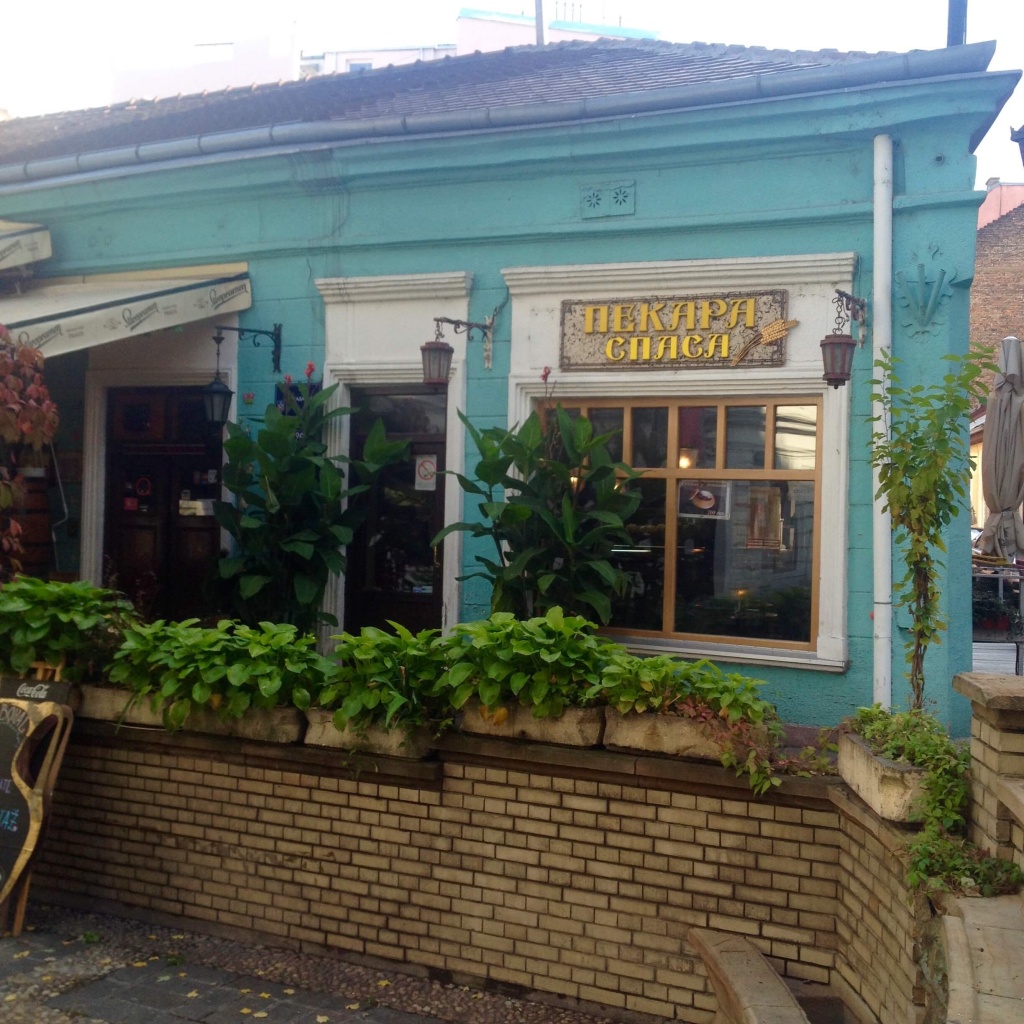
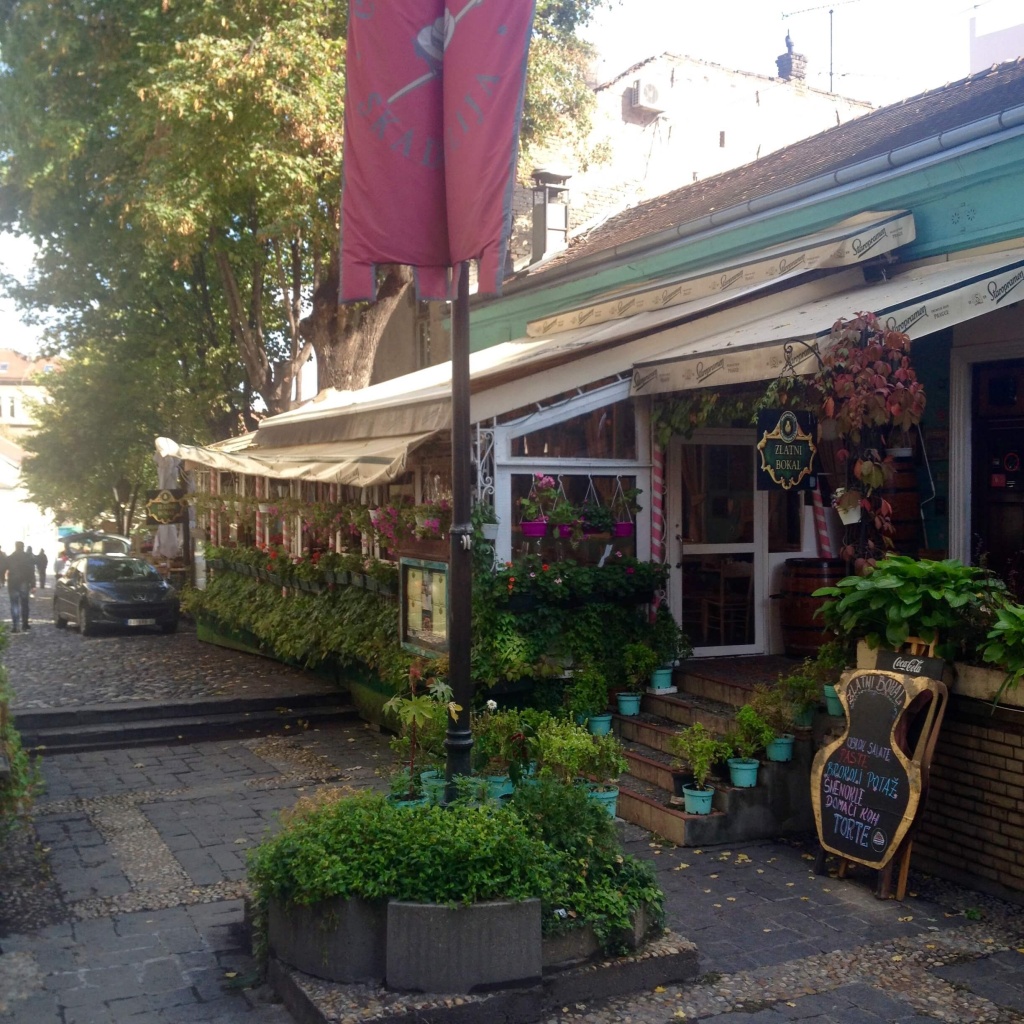
History of Skadarlija
The reason for all of this eclectic, artistic influence starts back in the 1830s, when Gypsies began to settle in the area. Up until 1872, the neighborhood was in fact referred to as the “Gypsy Quarter”.
During the last parts of the 19th century, the area began to develop with a distinctly bohemian character, where writers, actors and other artists began to move into the neighborhood and frequent the kafanas. Some of the original restaurants such as Tri šešira, Dva jelena and Zlatni bokal are still open today. I didn’t visit them during my visit, so I can’t give any recommendations. It seems they are a bit expensive though.
Also located in this area is the home of Đura Jakšić, a famous Serbian painter, poet, writer, bohemian, dramatist and patriot who lived and died in Skadarlija. You can still visit his home today, where they host a variety of cultural activities and events.
During our tour of Belgrade, the guide mentioned that many of the artists that lived in and around Skadarlija would spend time in the kafanas, watching the rowdy drunkards as inspiration for their work. How much truth there is to that I don’t know, perhaps it was also a great excuse to have a few drinks themselves!
Over the course of its history, the area has been regularly visited by poets, writers, musicians, actors and other artists from not only Serbia, but the entire Yugoslav area and beyond. Celebrities and other famous people have visited the area, including Jimi Hendrix and Alfred Hitchcock.
Skadarlija Today
Today, the artistic influence is still heavily felt if you visit the area, and while the aesthetics may be enough to draw in a visitor at first glance, the many traditional Serbian kafanas are a reason to make them stay. When I was there a few summers ago, we sat out on one of many terraces, listened to live music and chatted with the other guests. There, you will also find many options to try some traditional Serbian dishes.
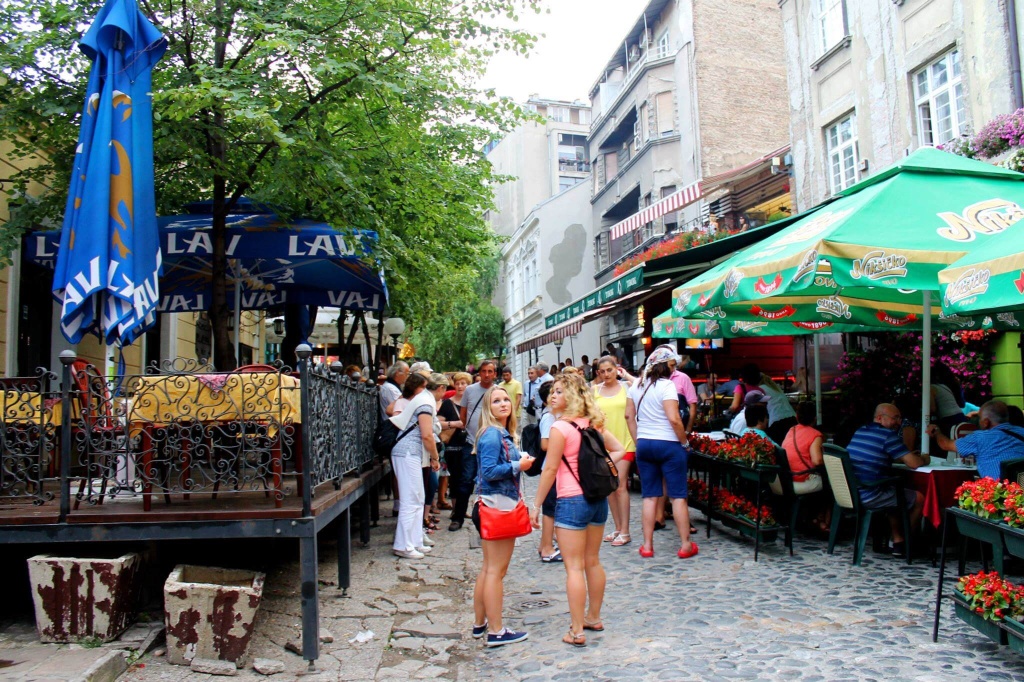
While I would recommend going there for sure, I realized on my last visit that it has also become a really popular tourist spot in Belgrade, which makes me nervous that you may be paying for the location, rather than the quality of the food. Regardless, it is still a really popular spot to go during the dinner time and you can find tons of people sitting outside on the terraces during the warm months and generally just enjoying life and socializing with each other, a seemingly constant theme from my experience in Serbia.
